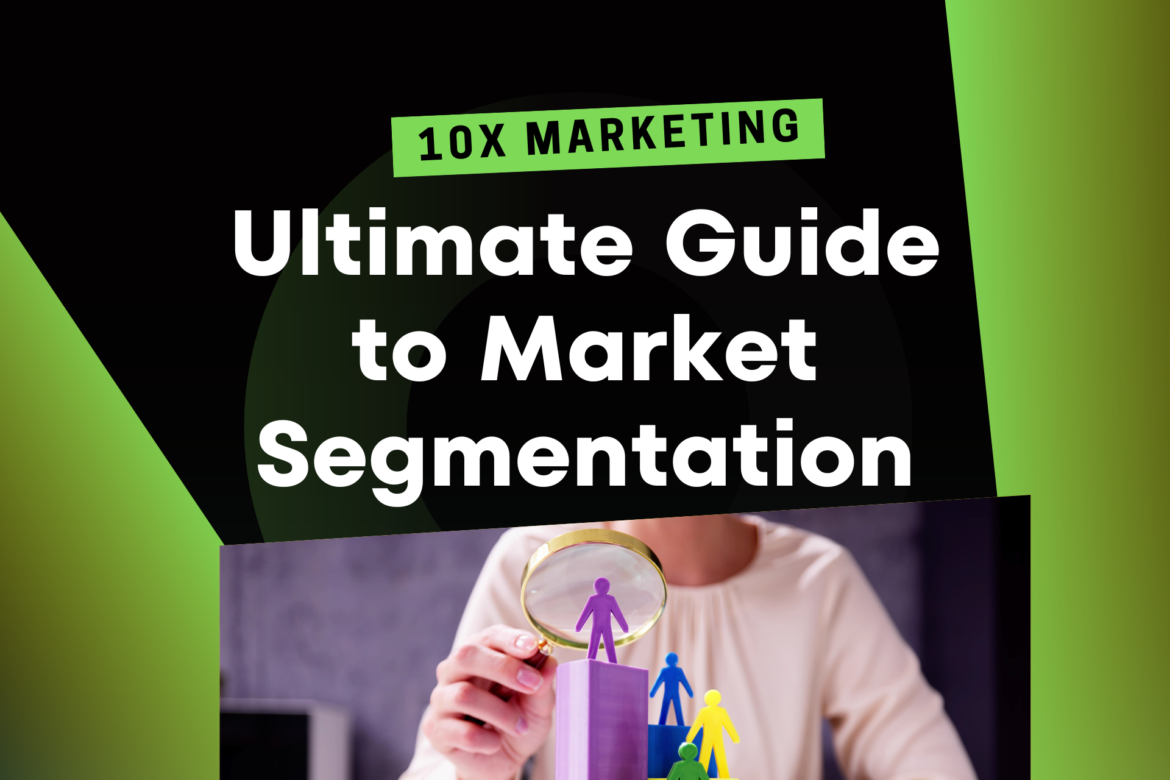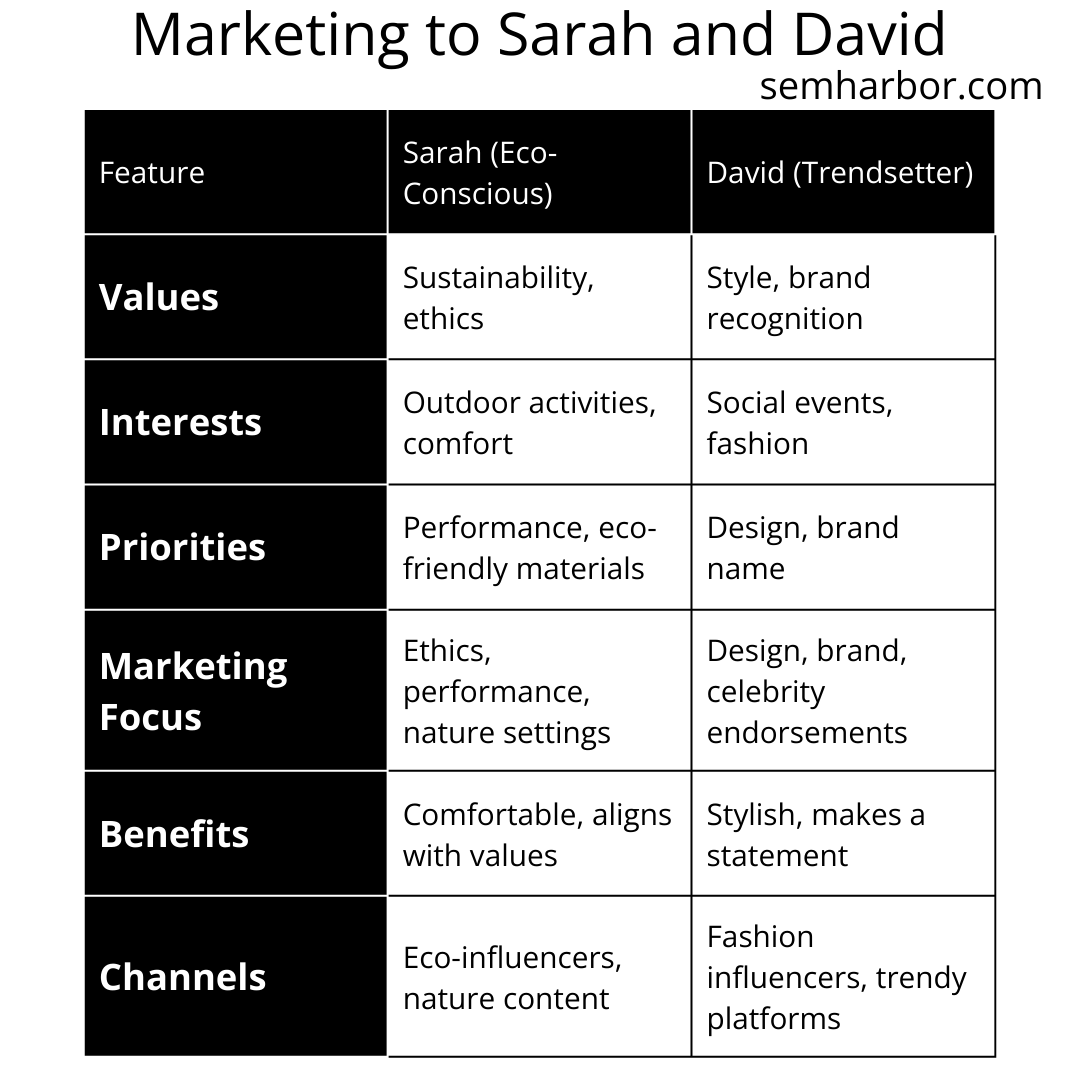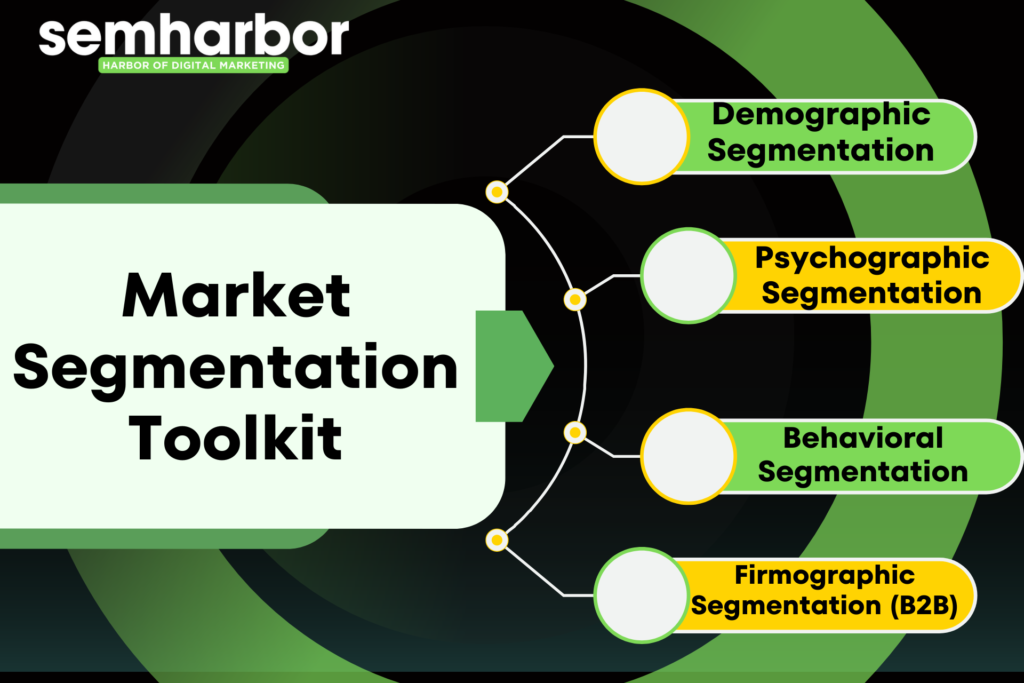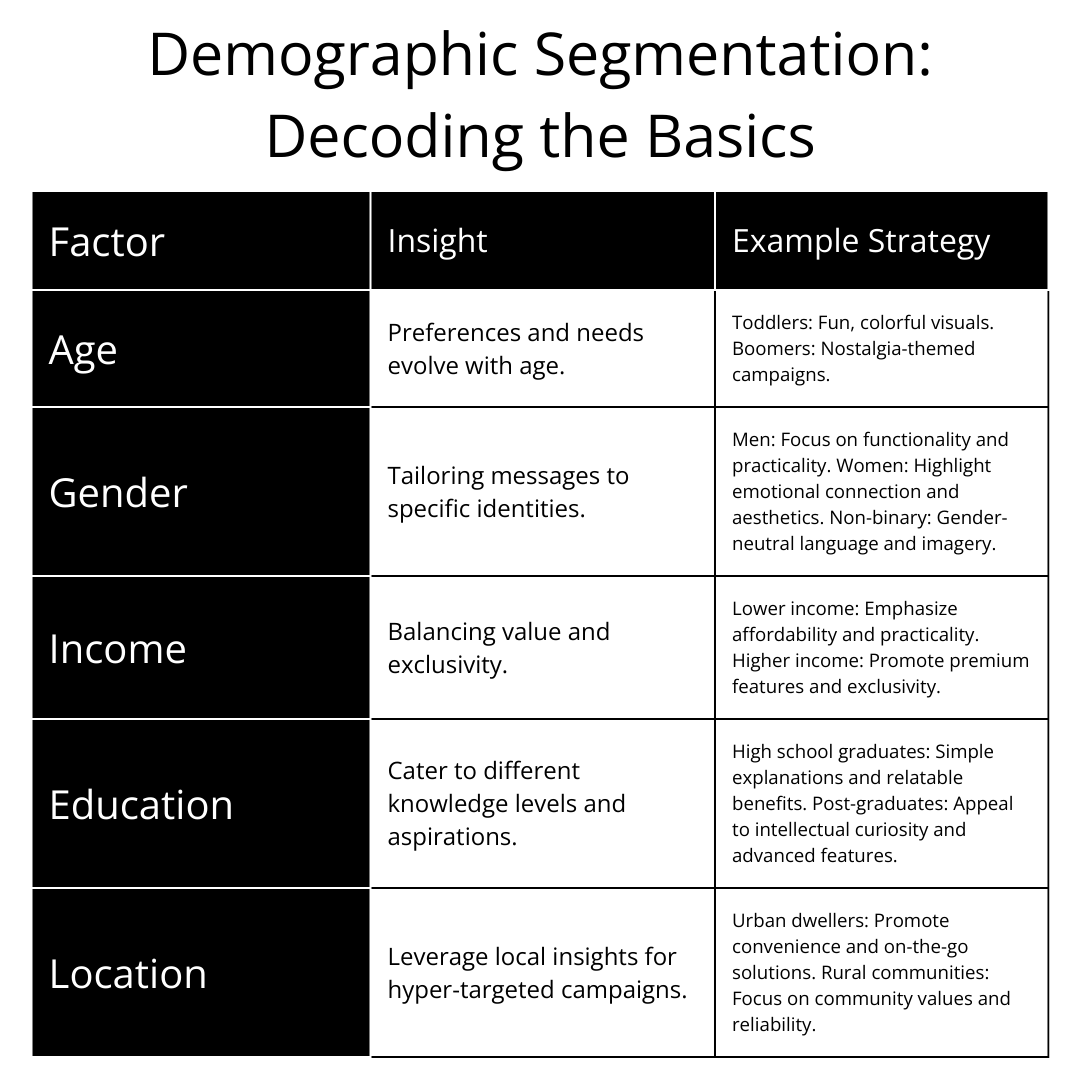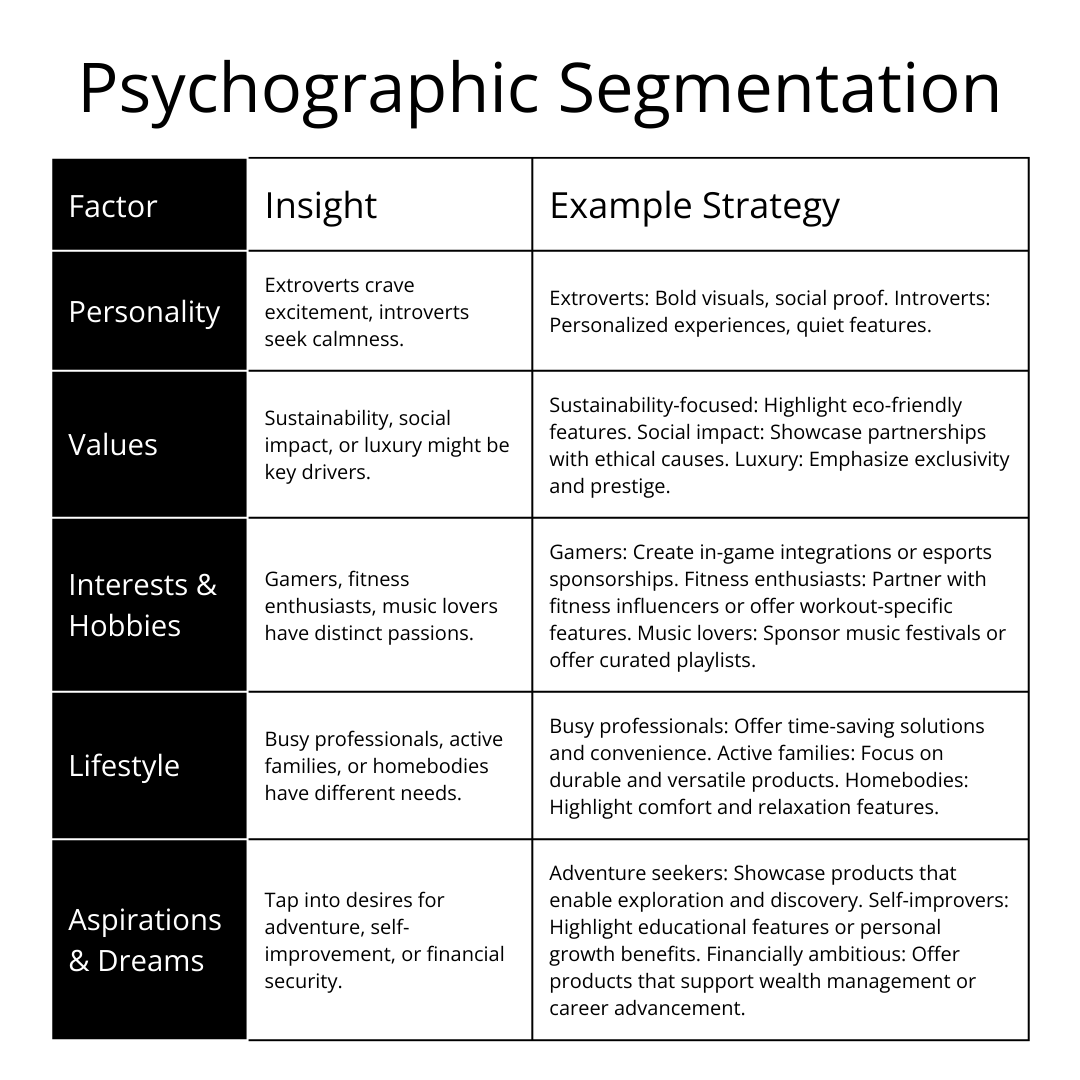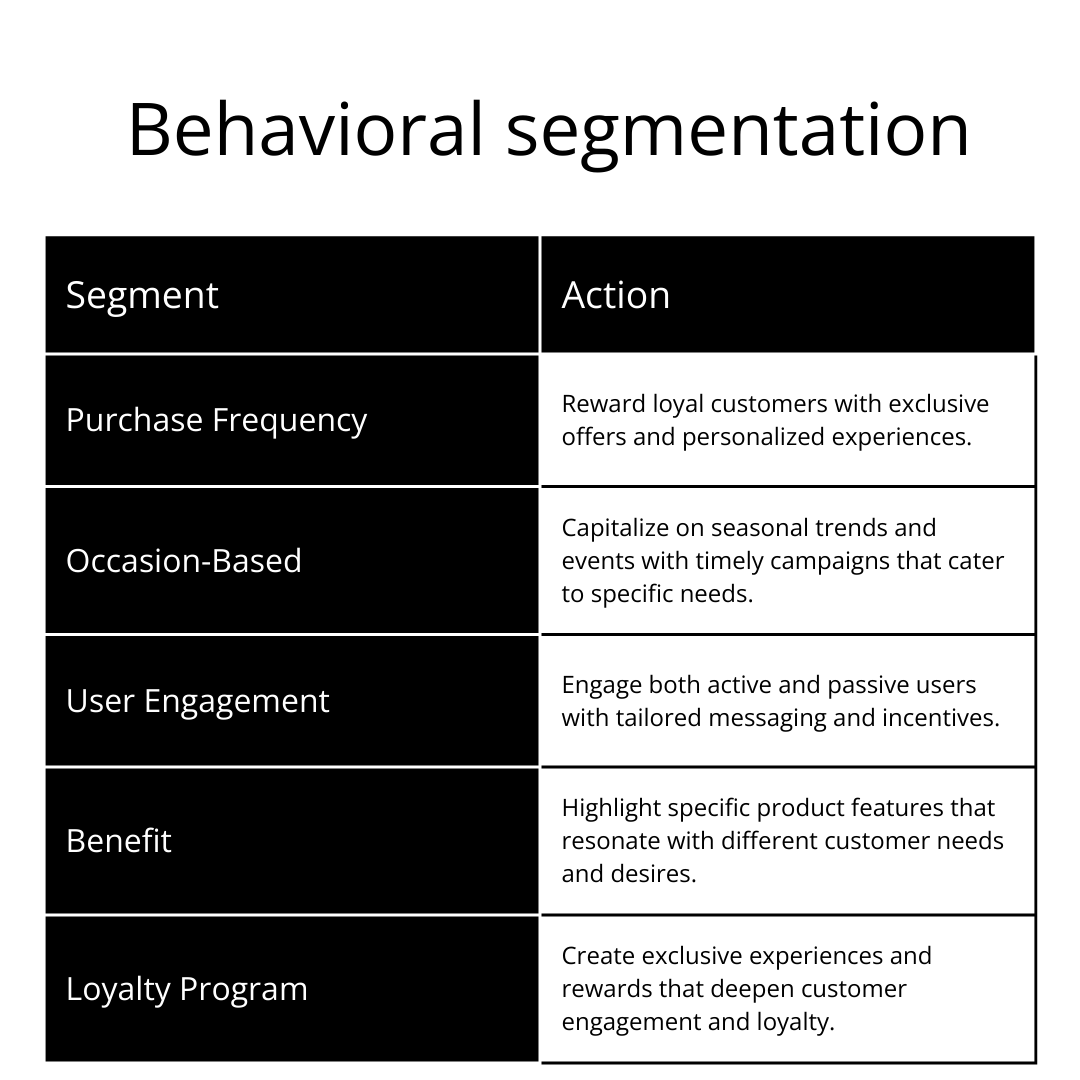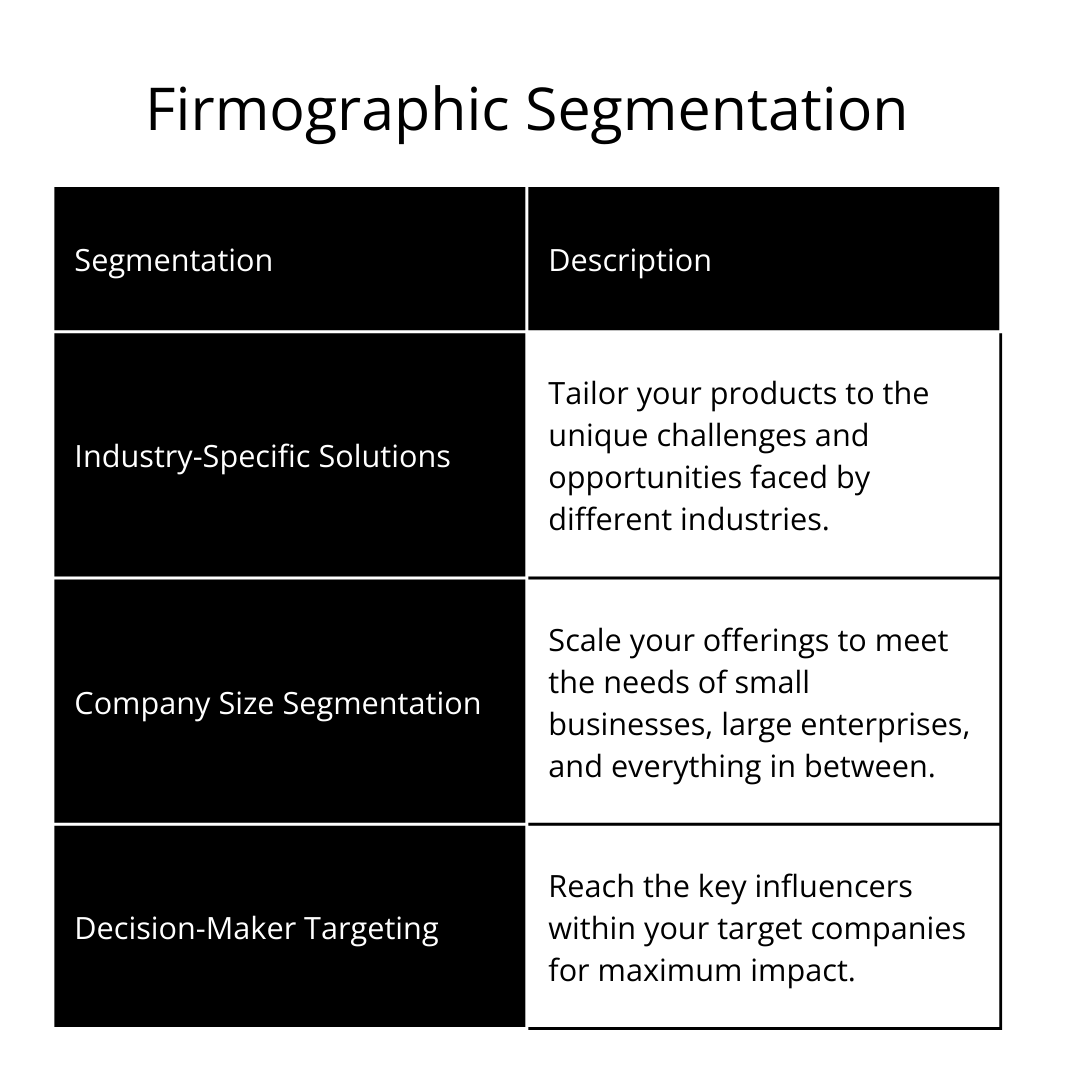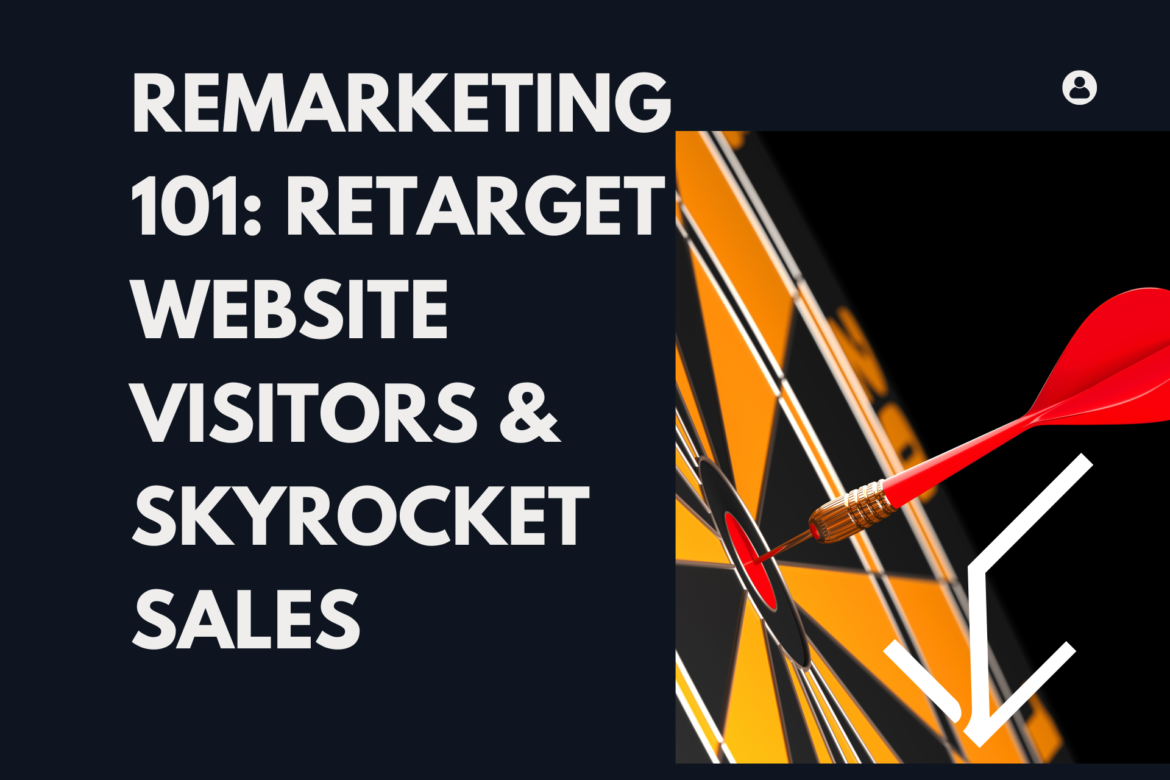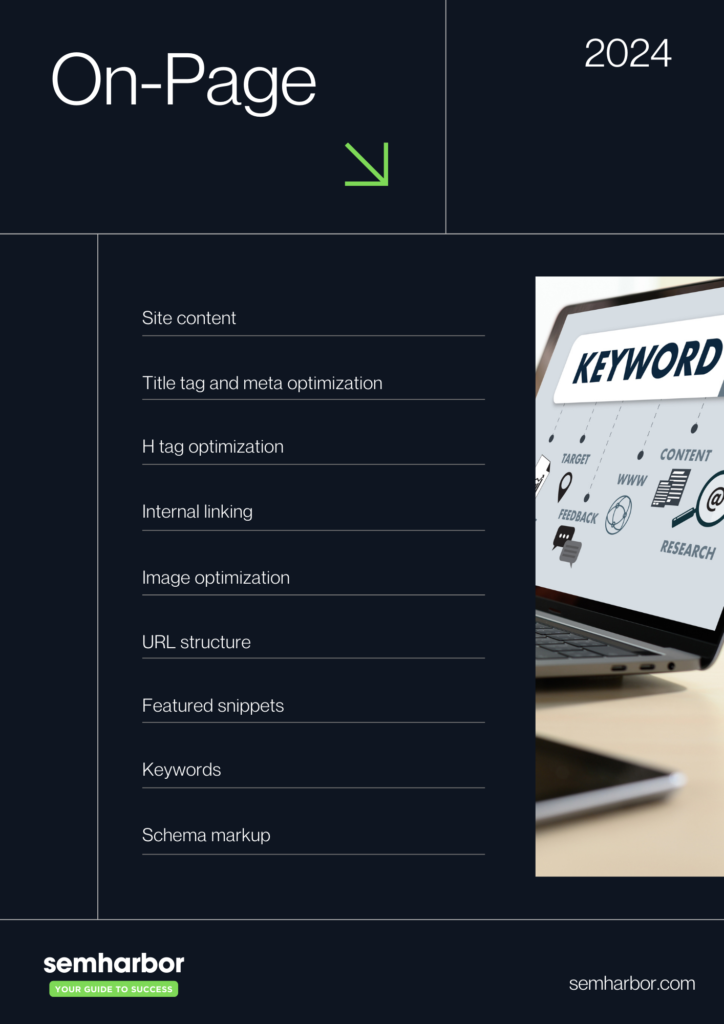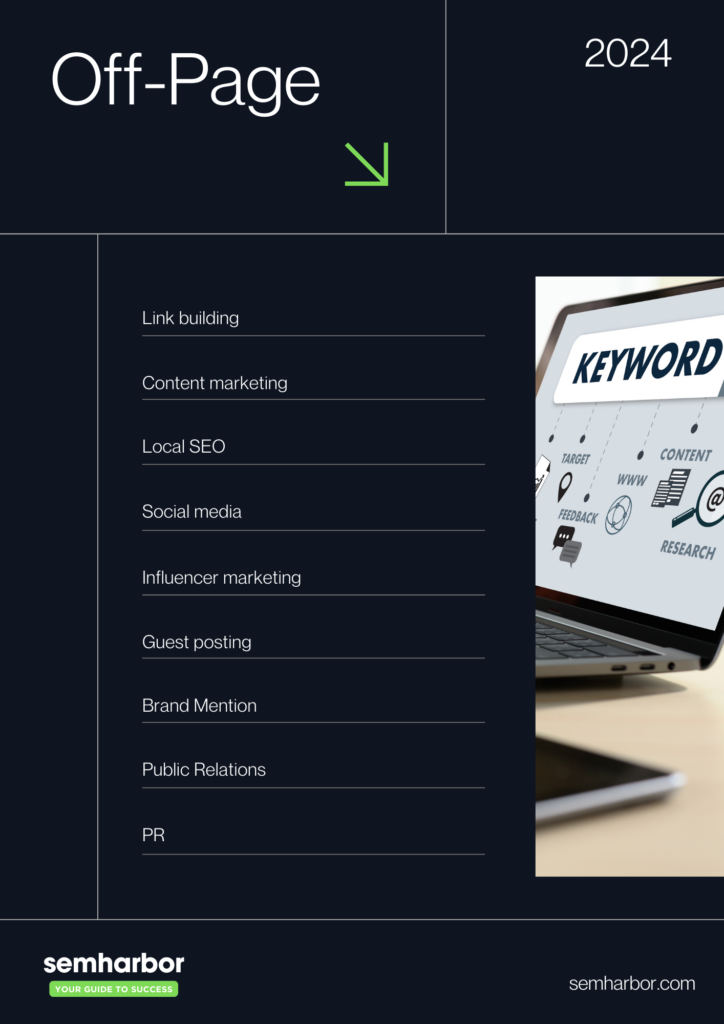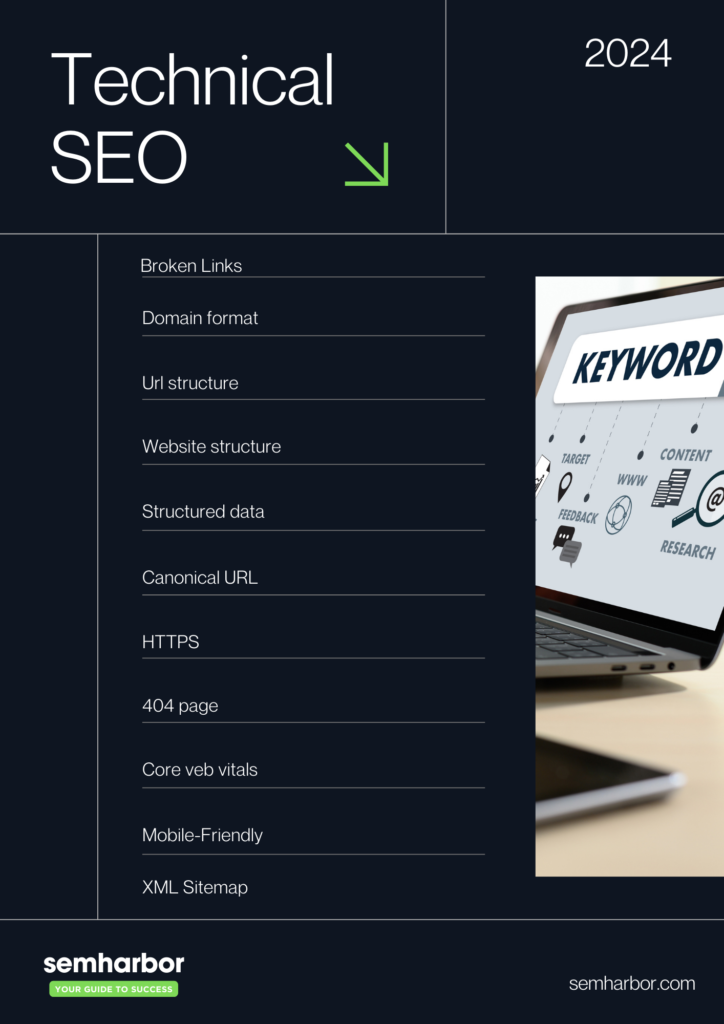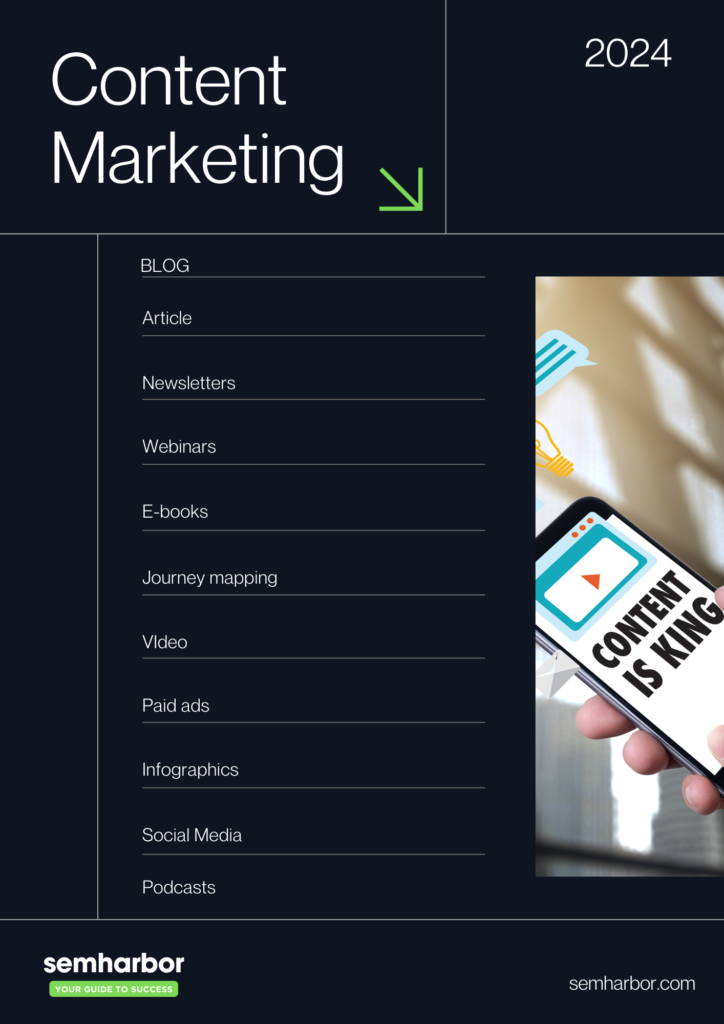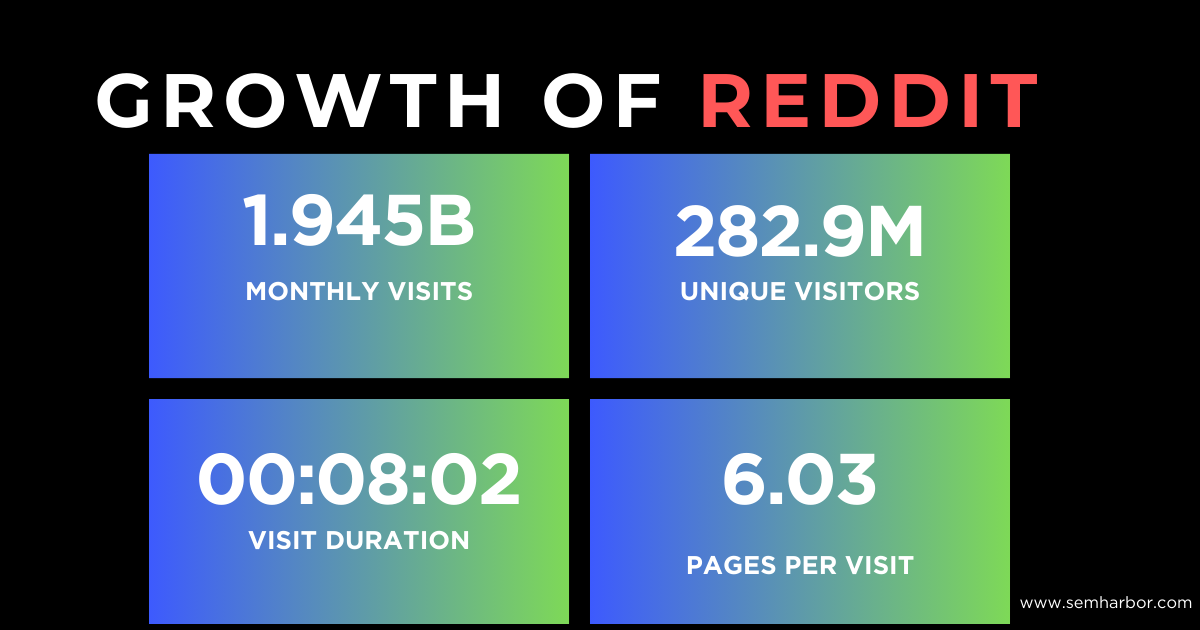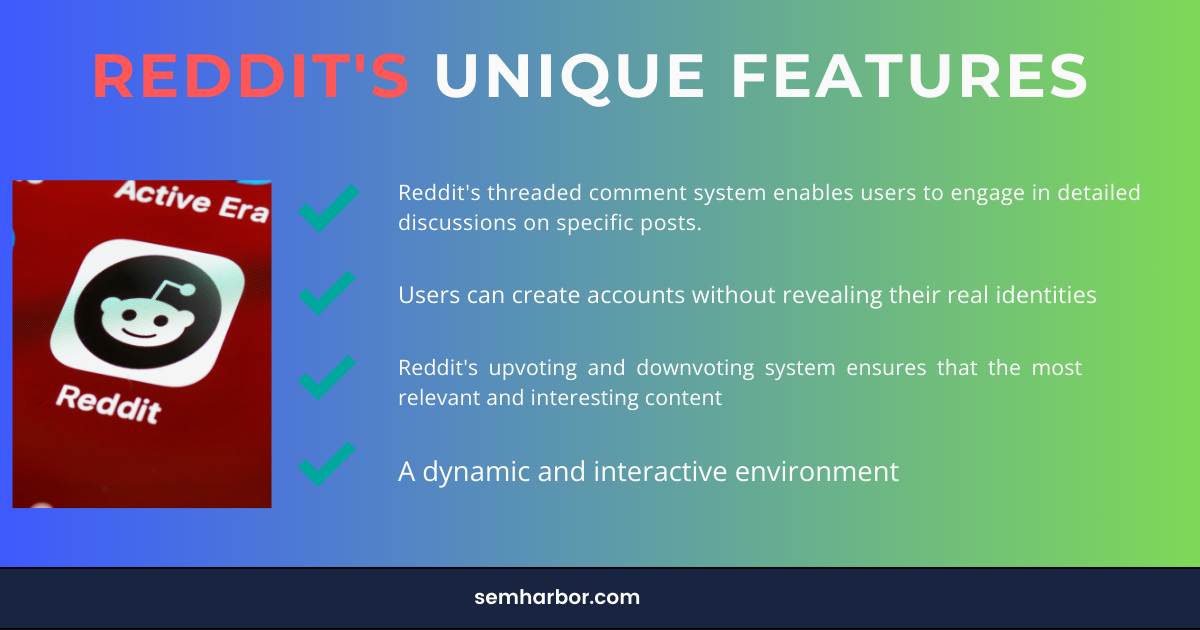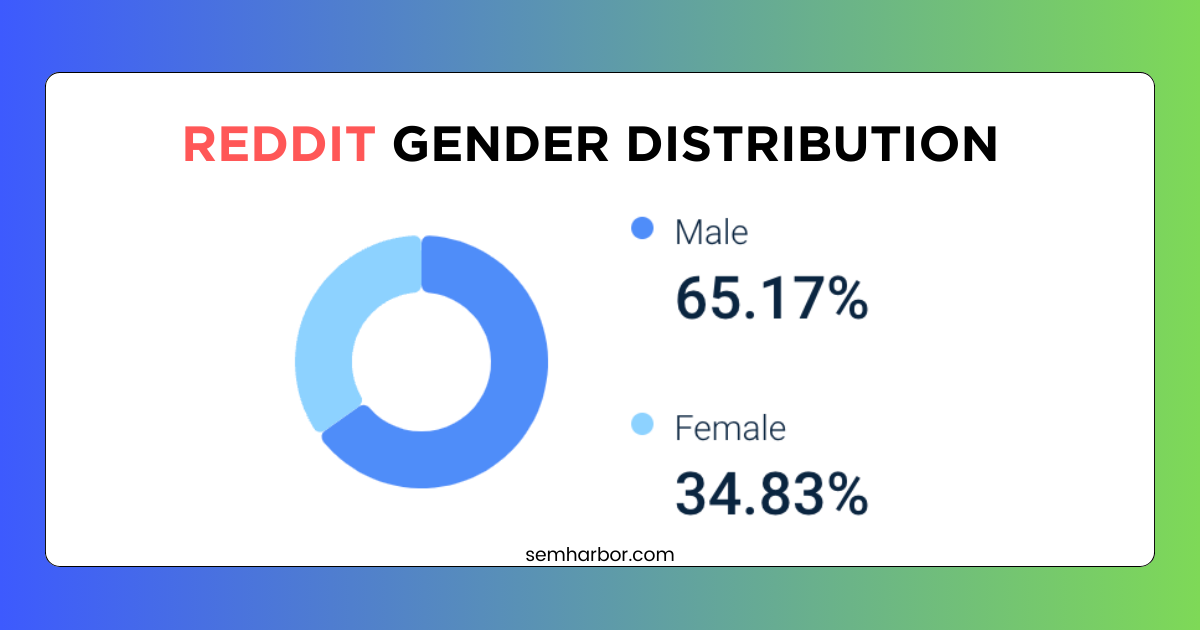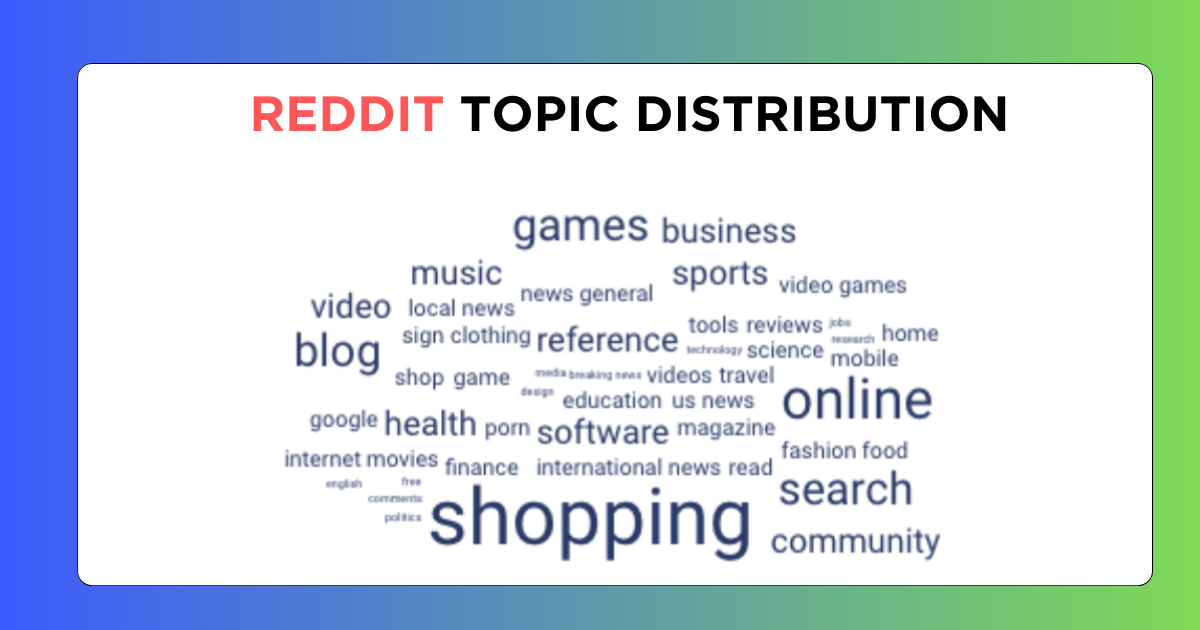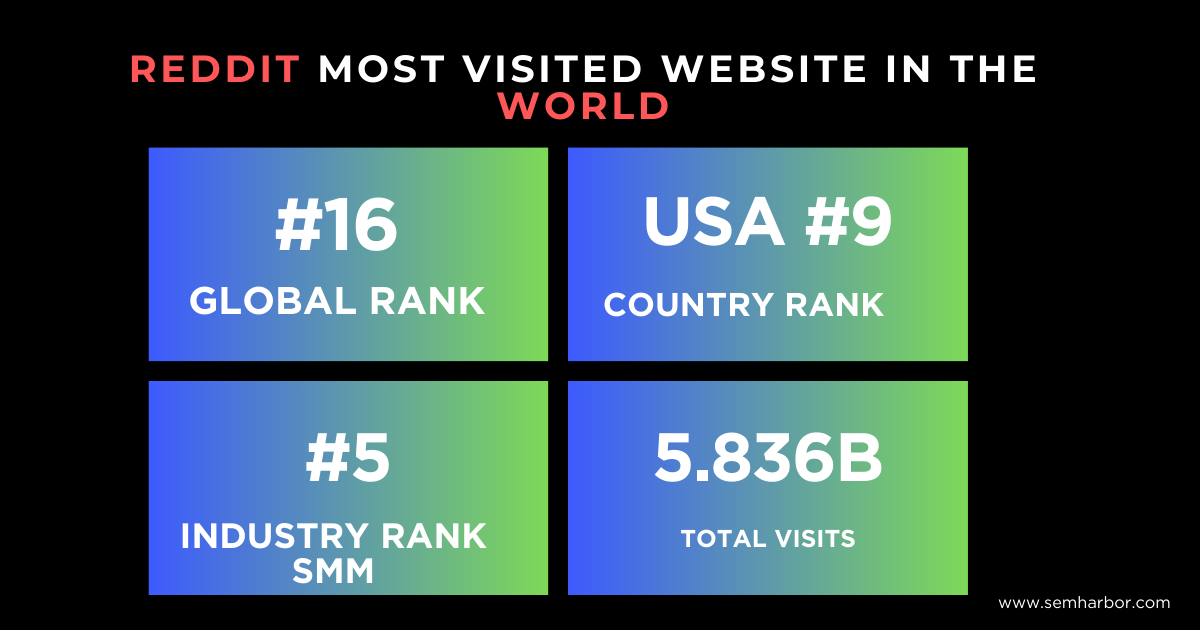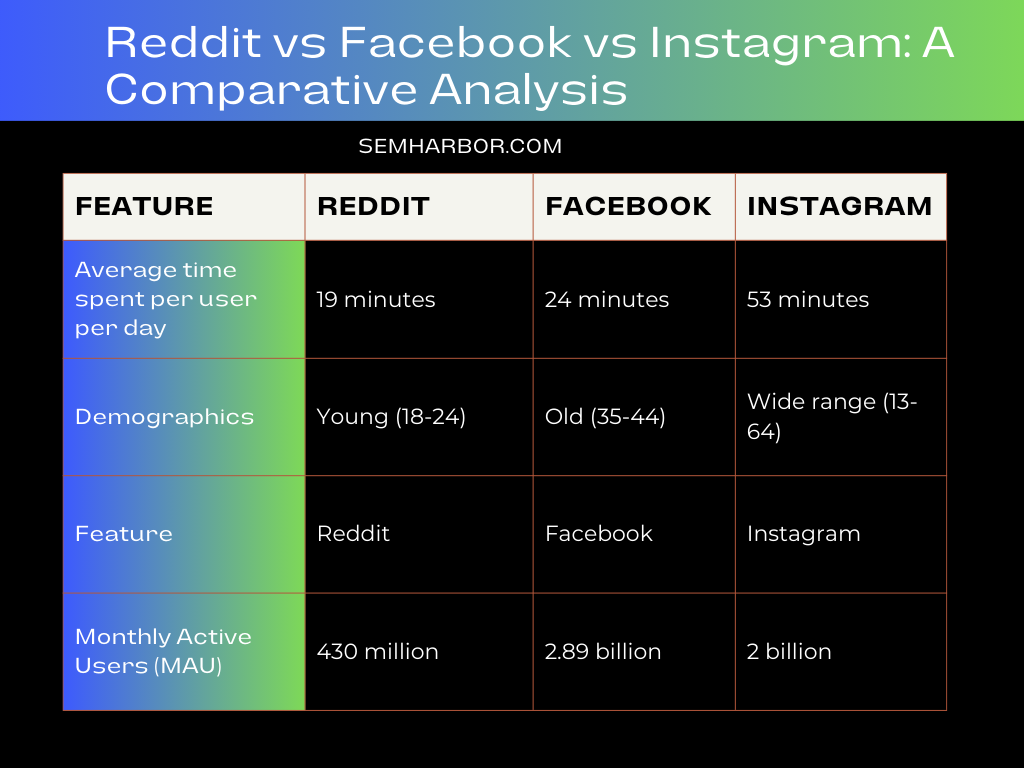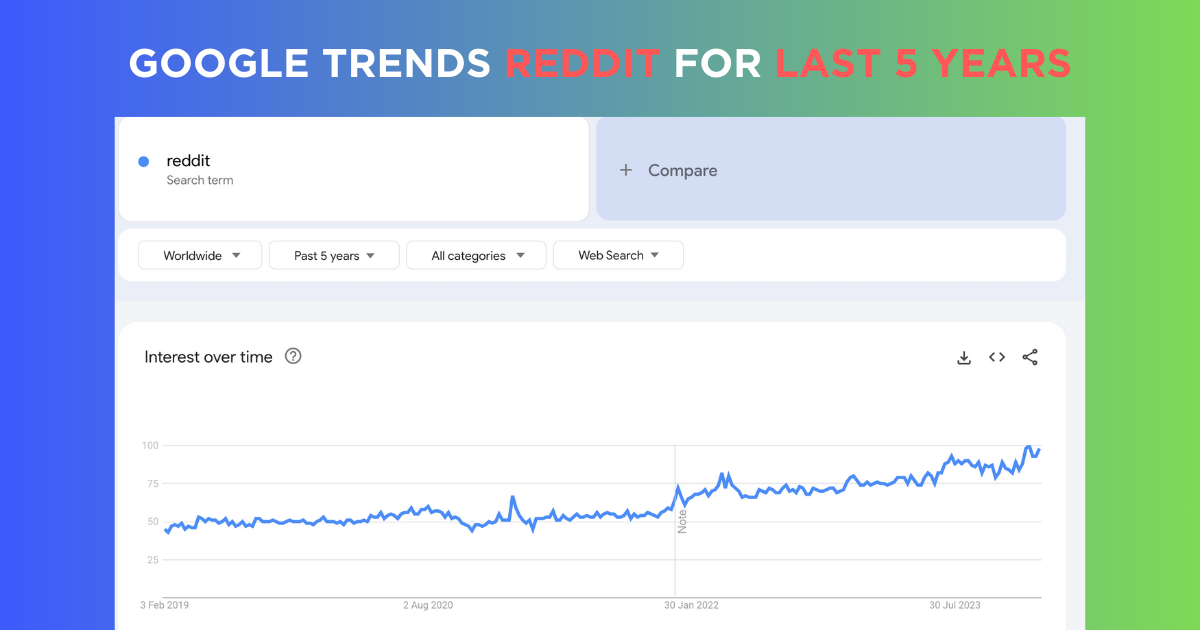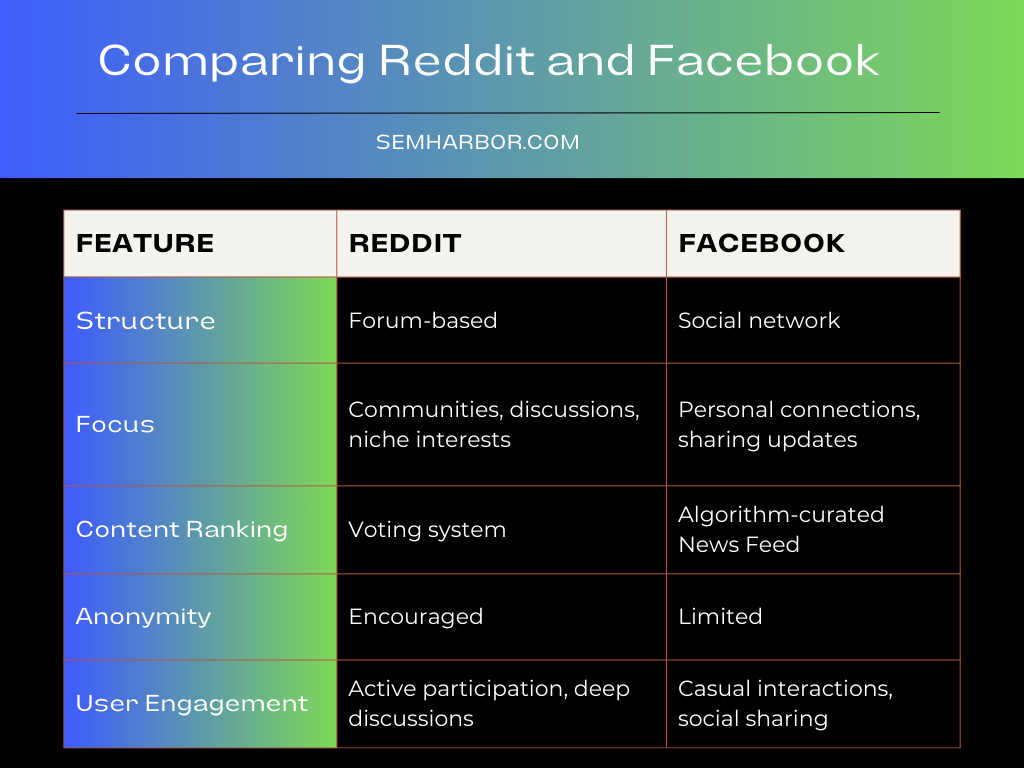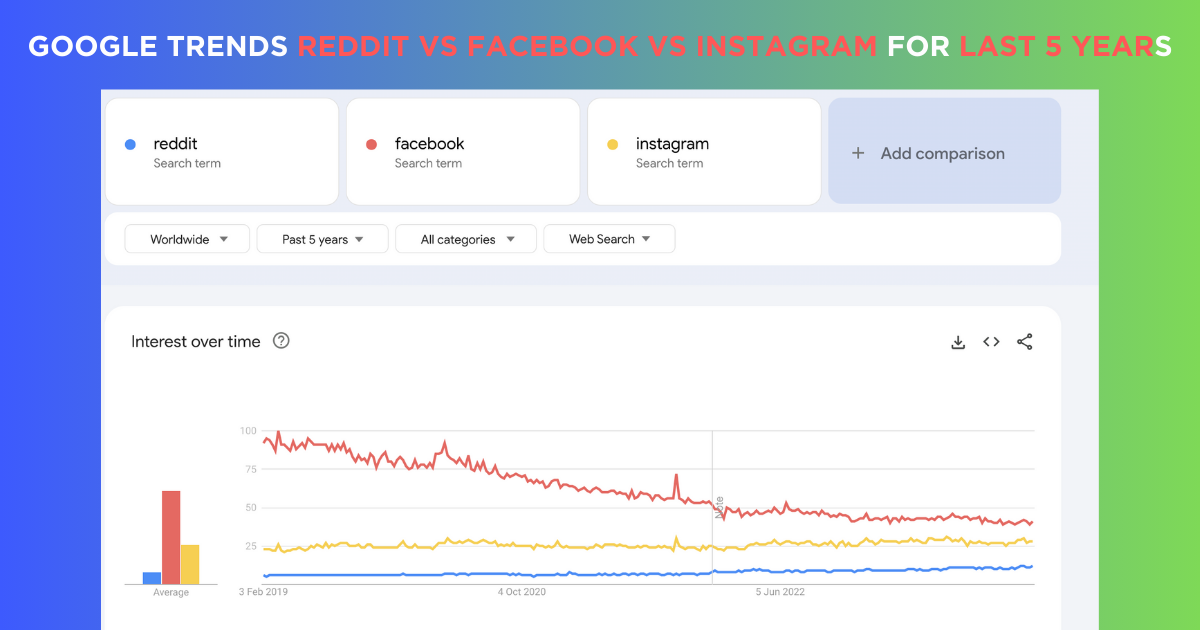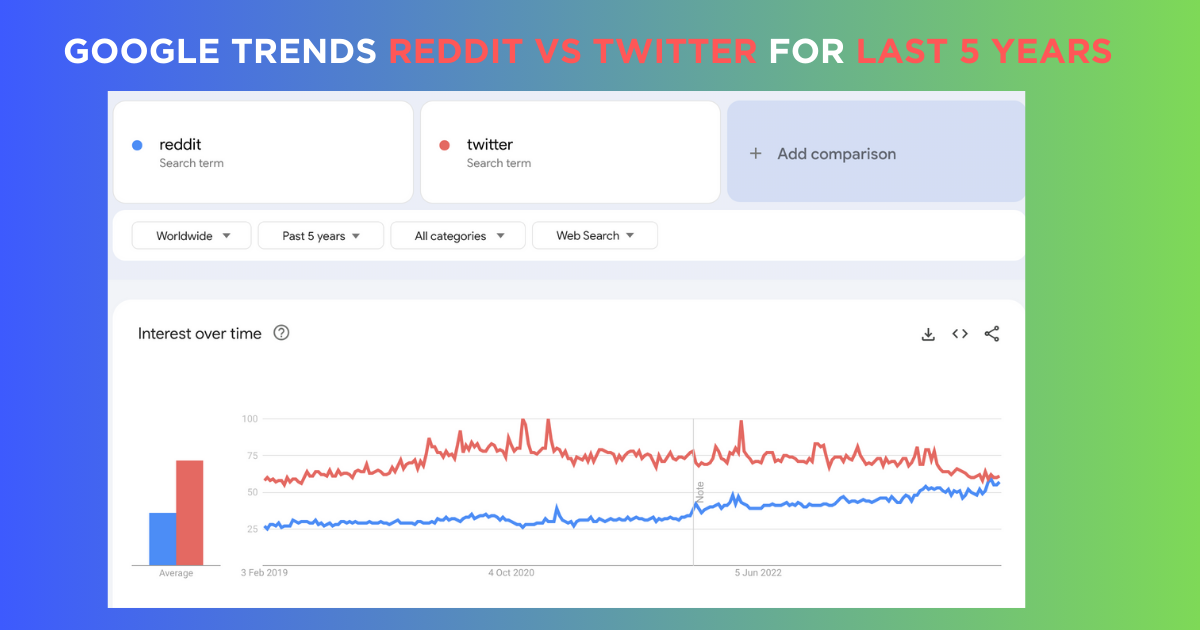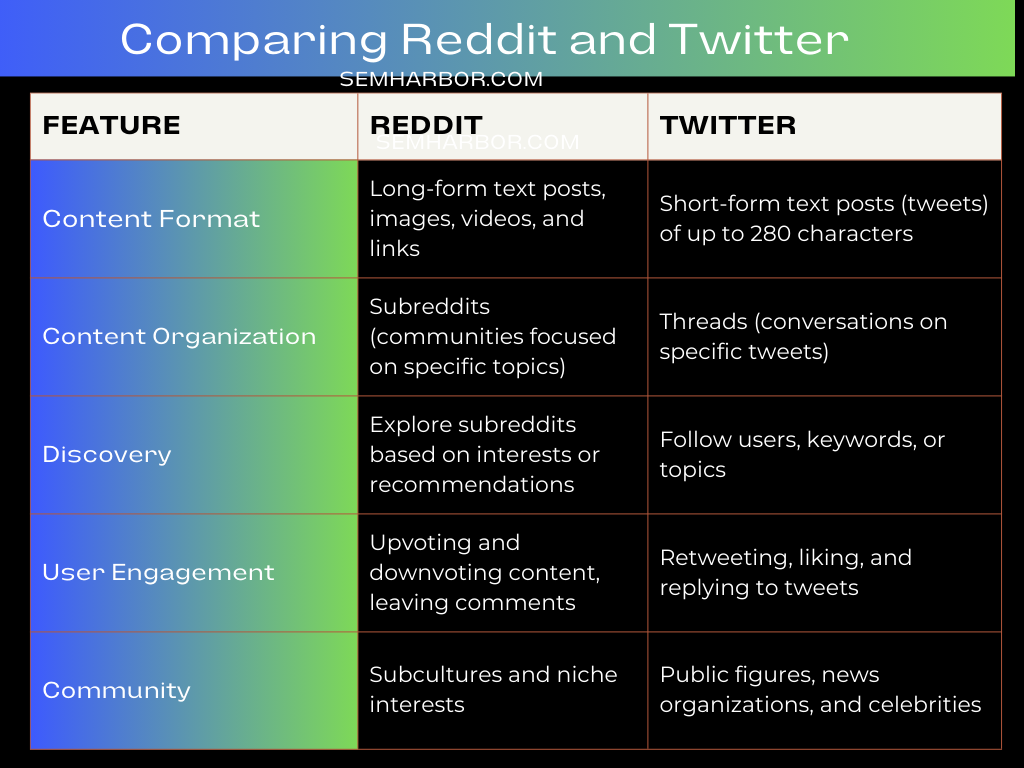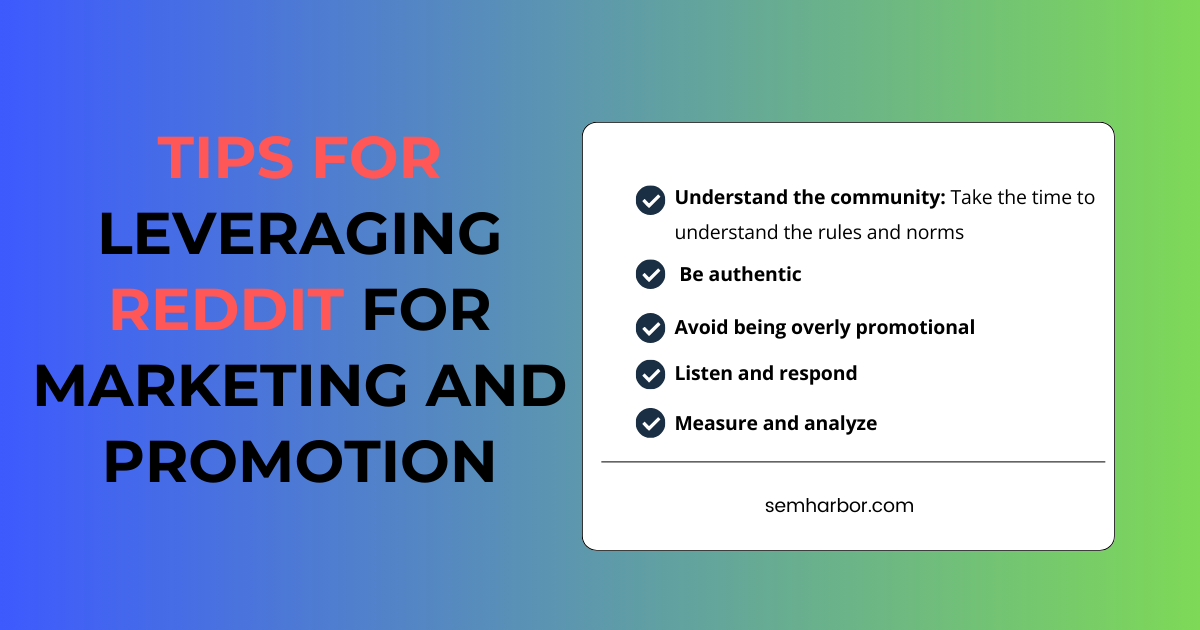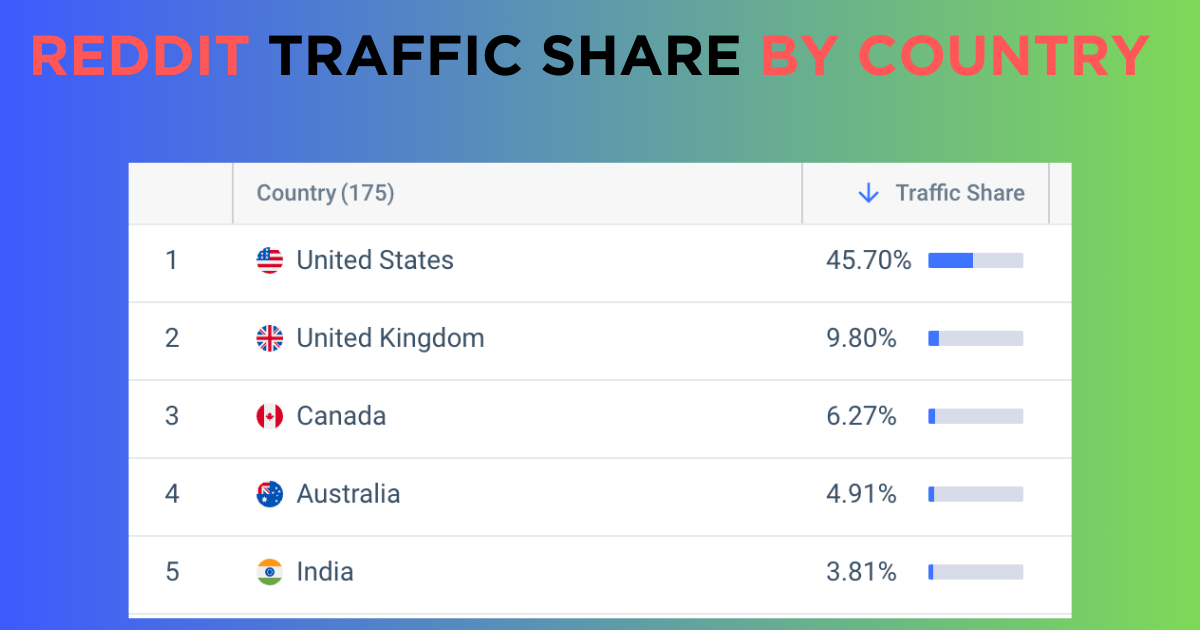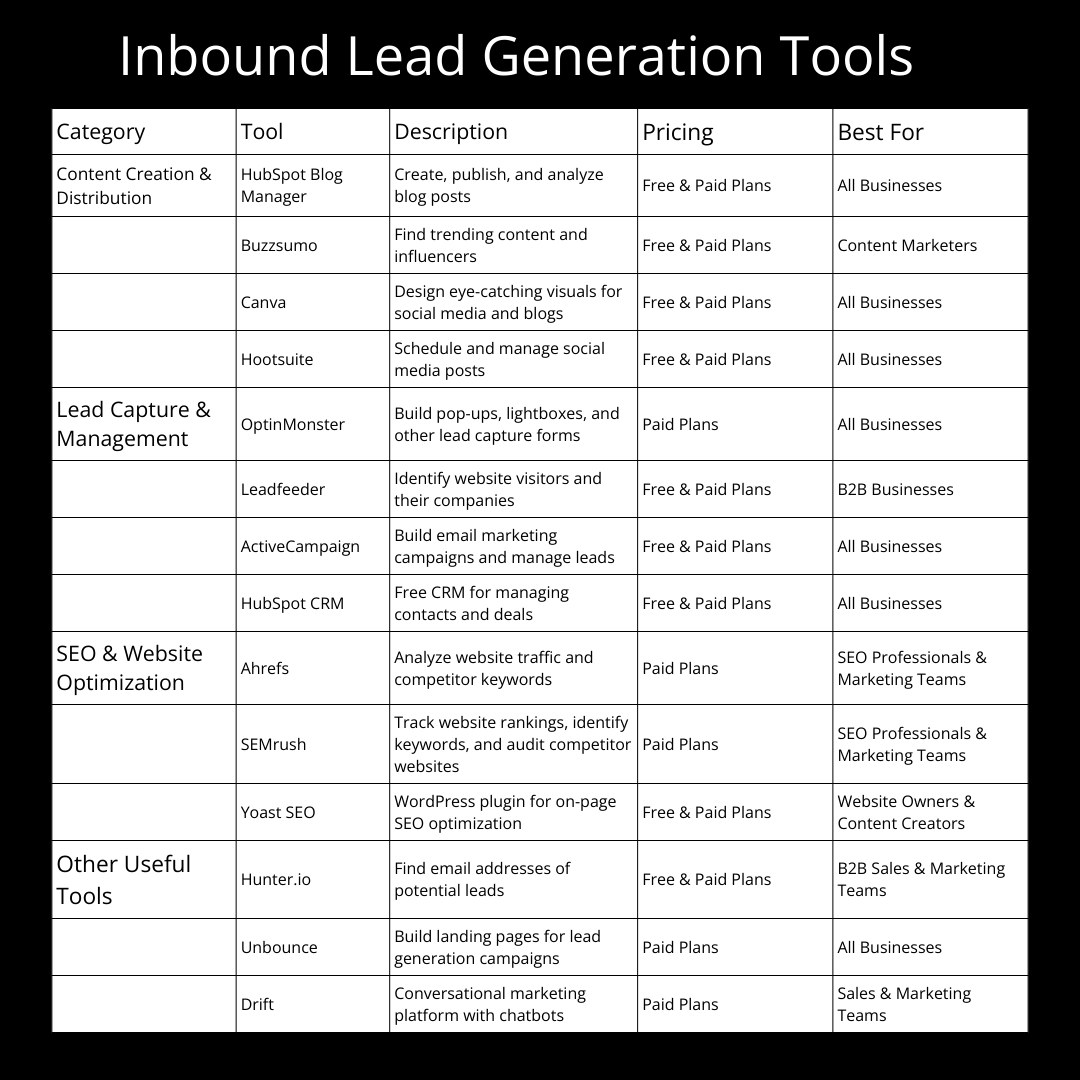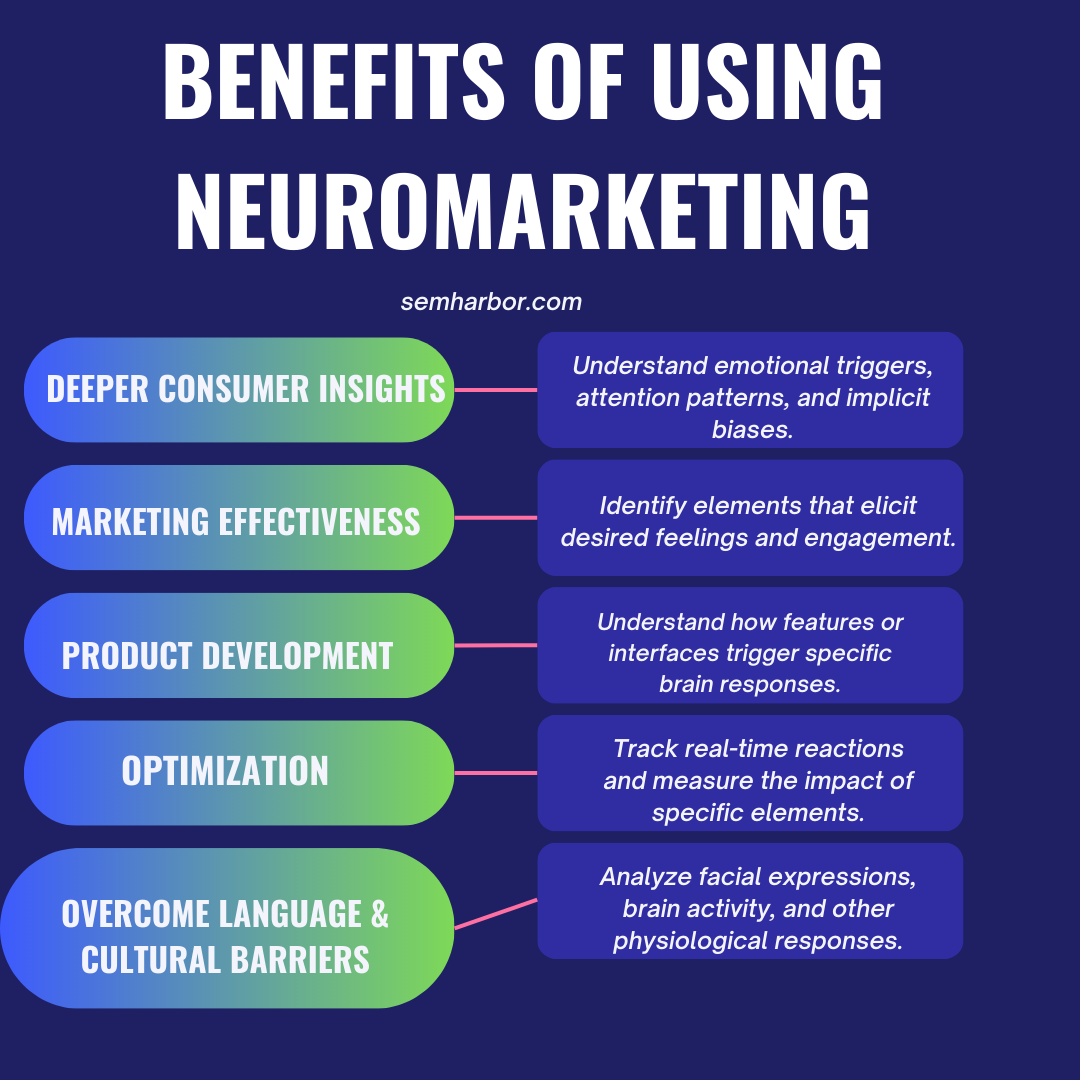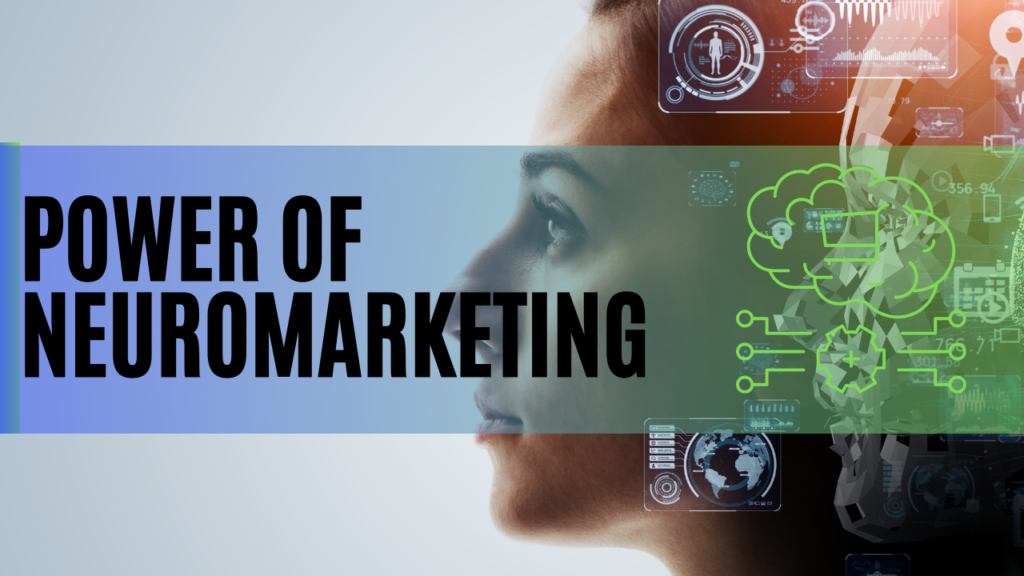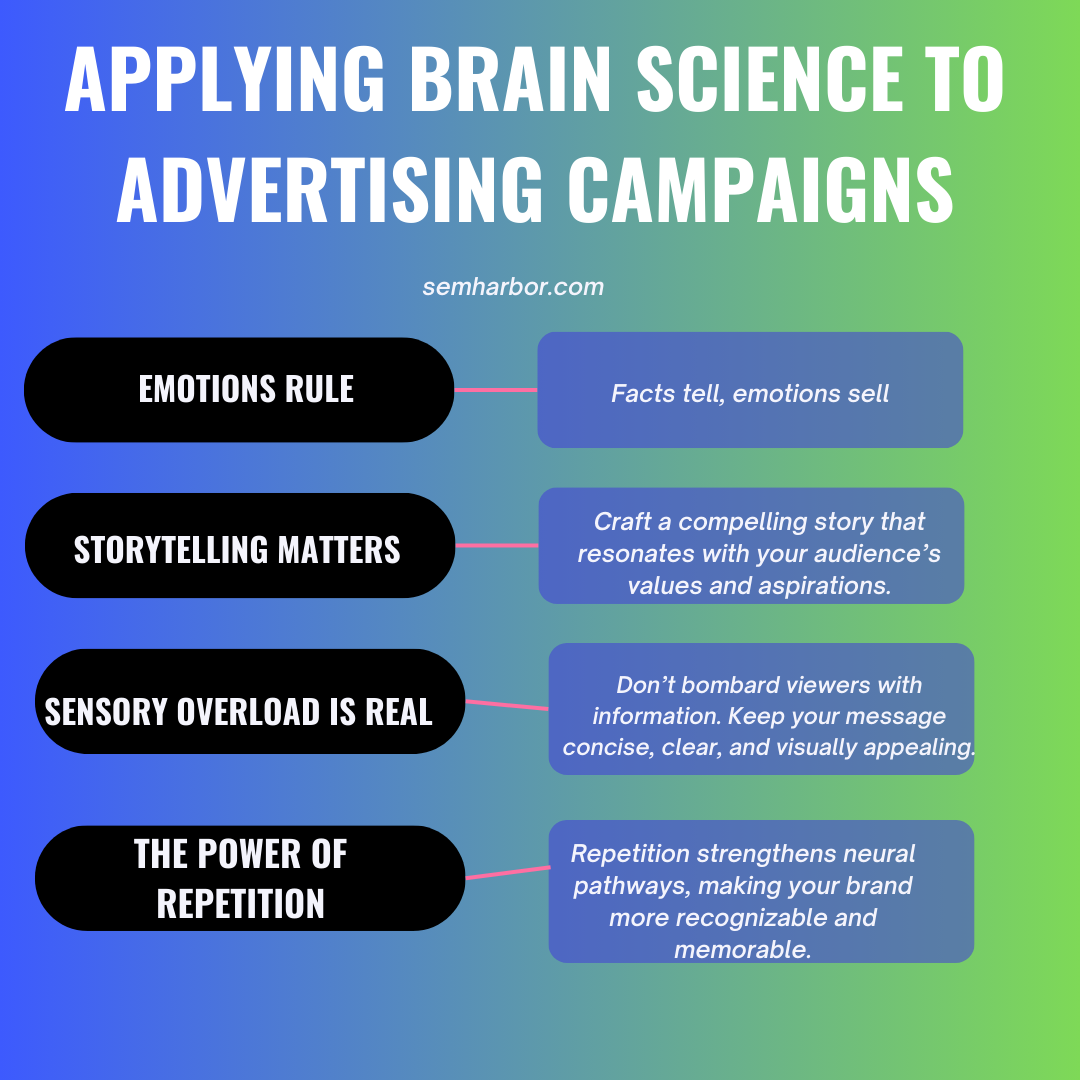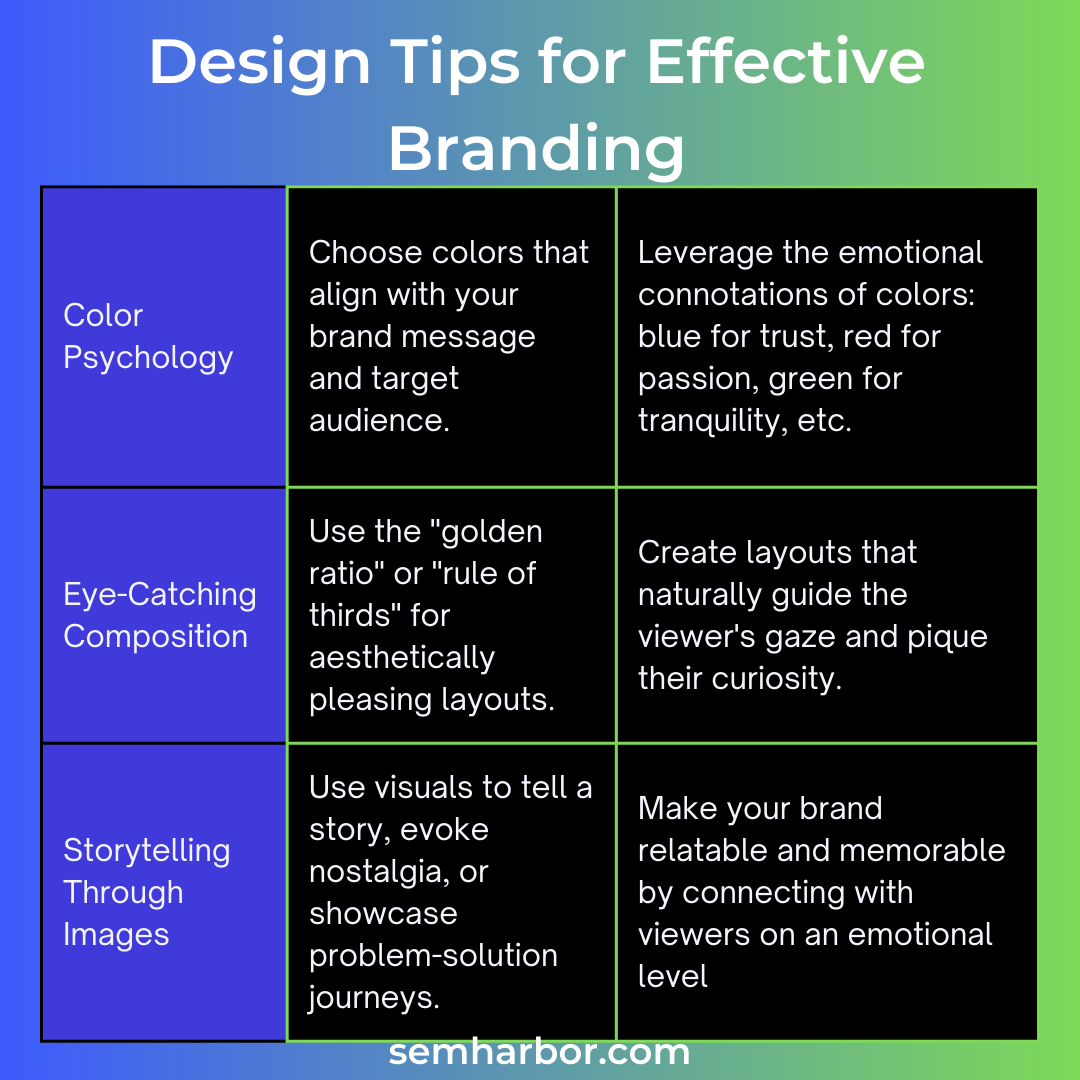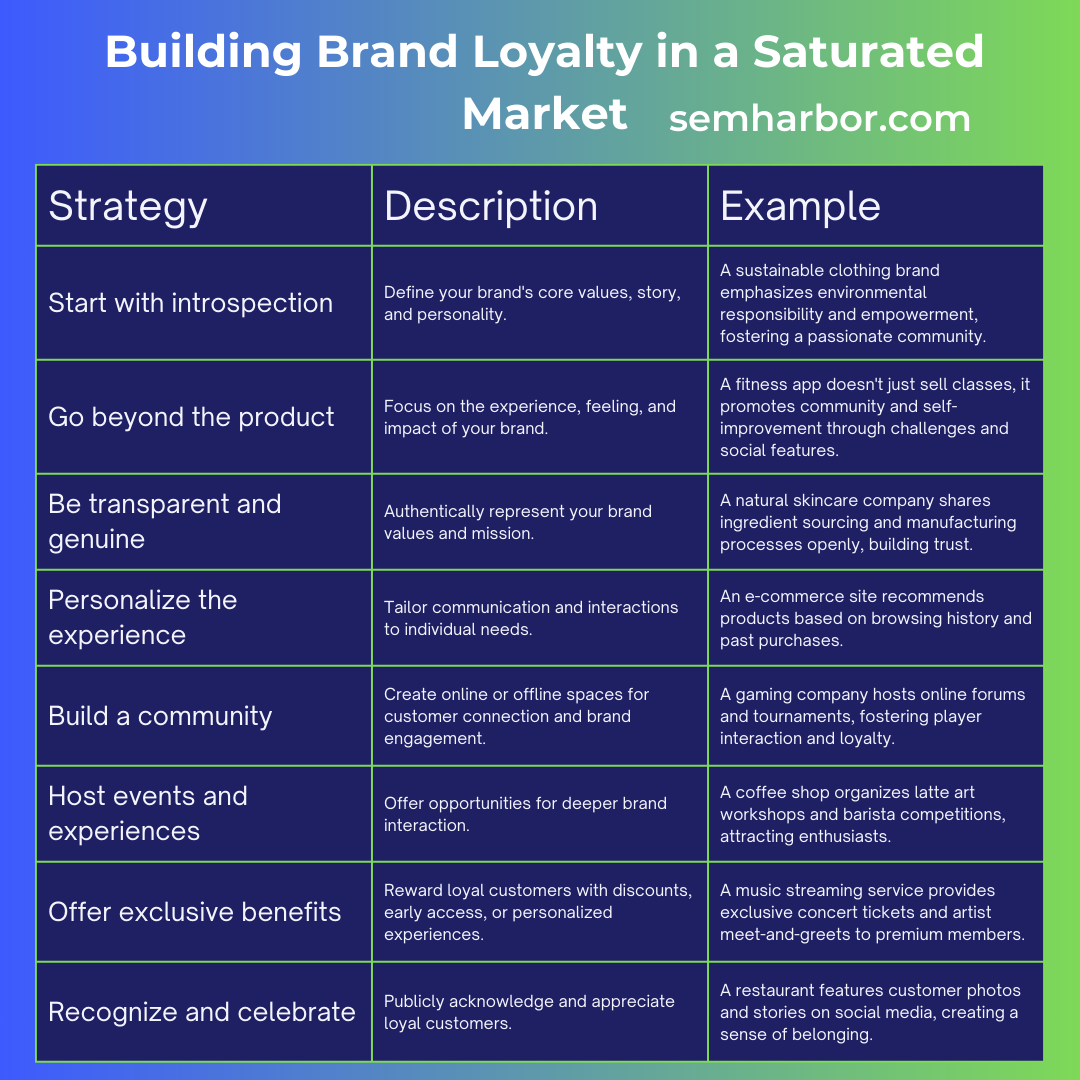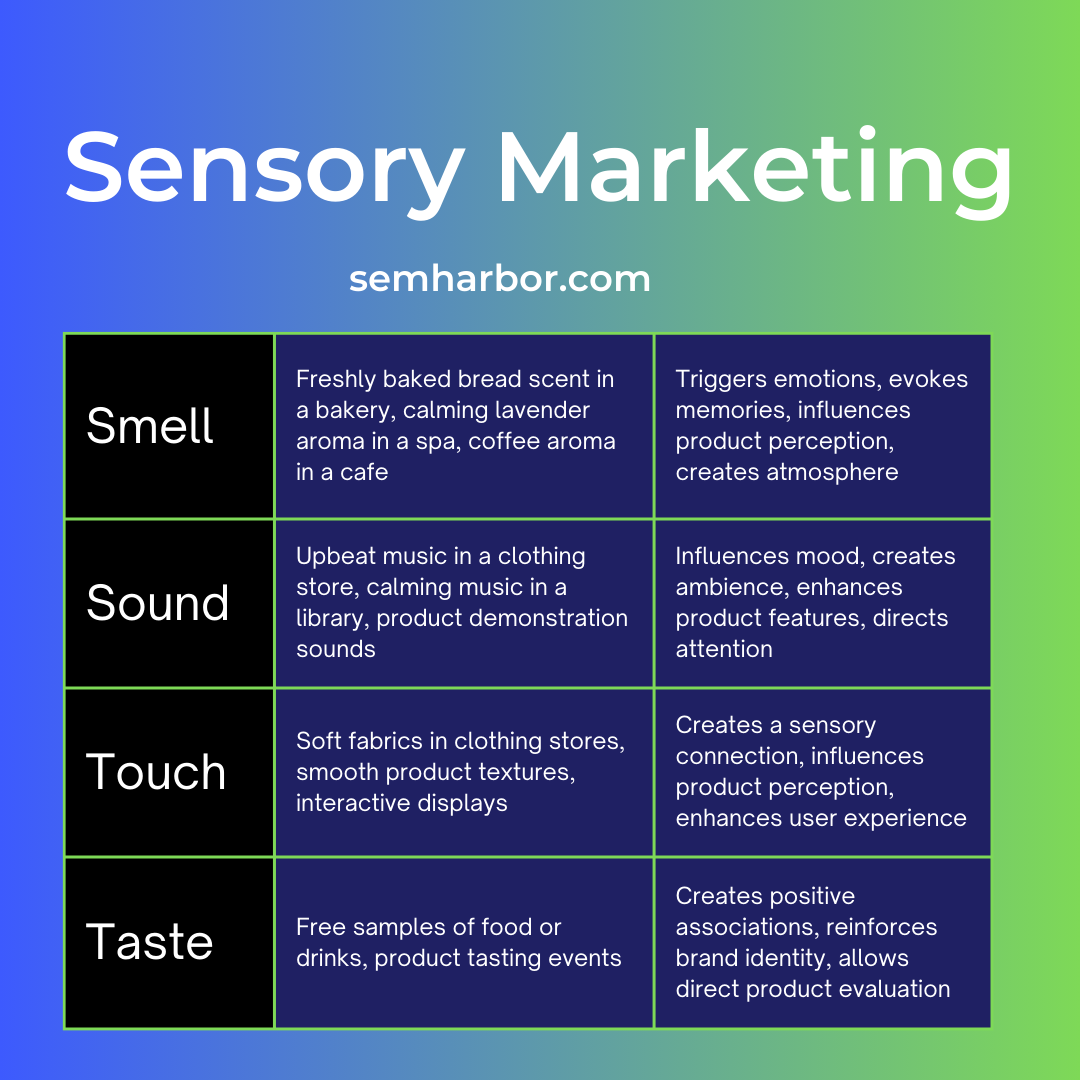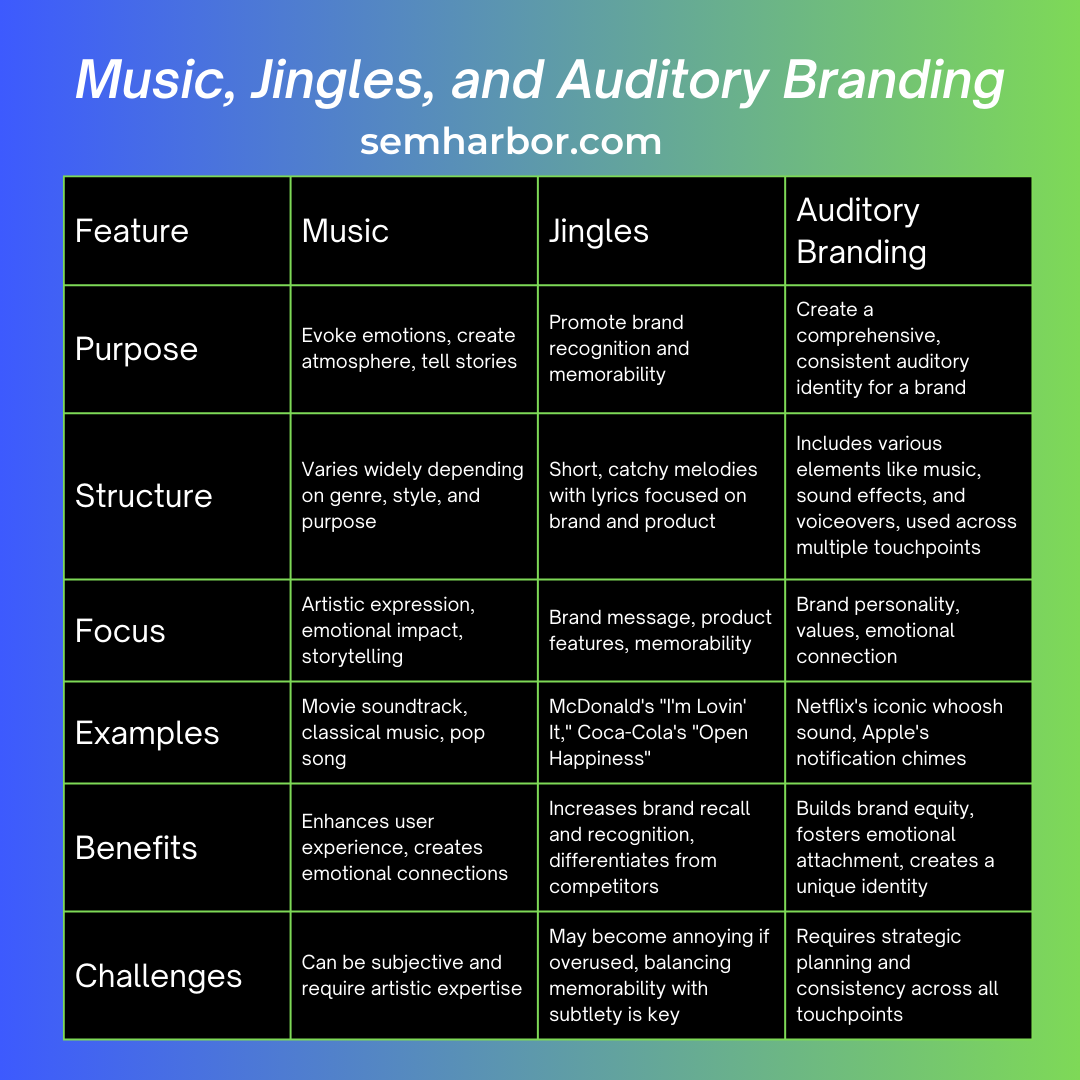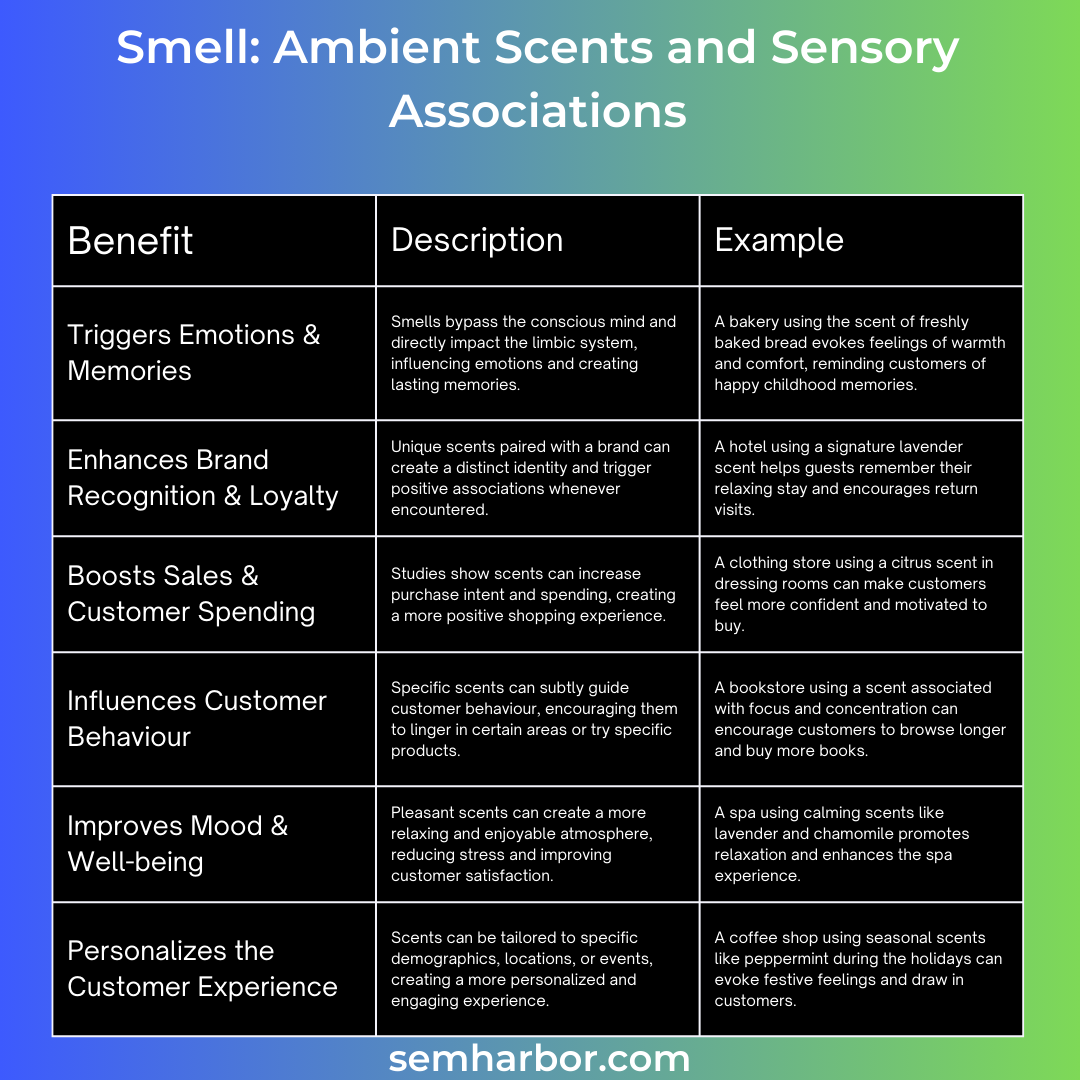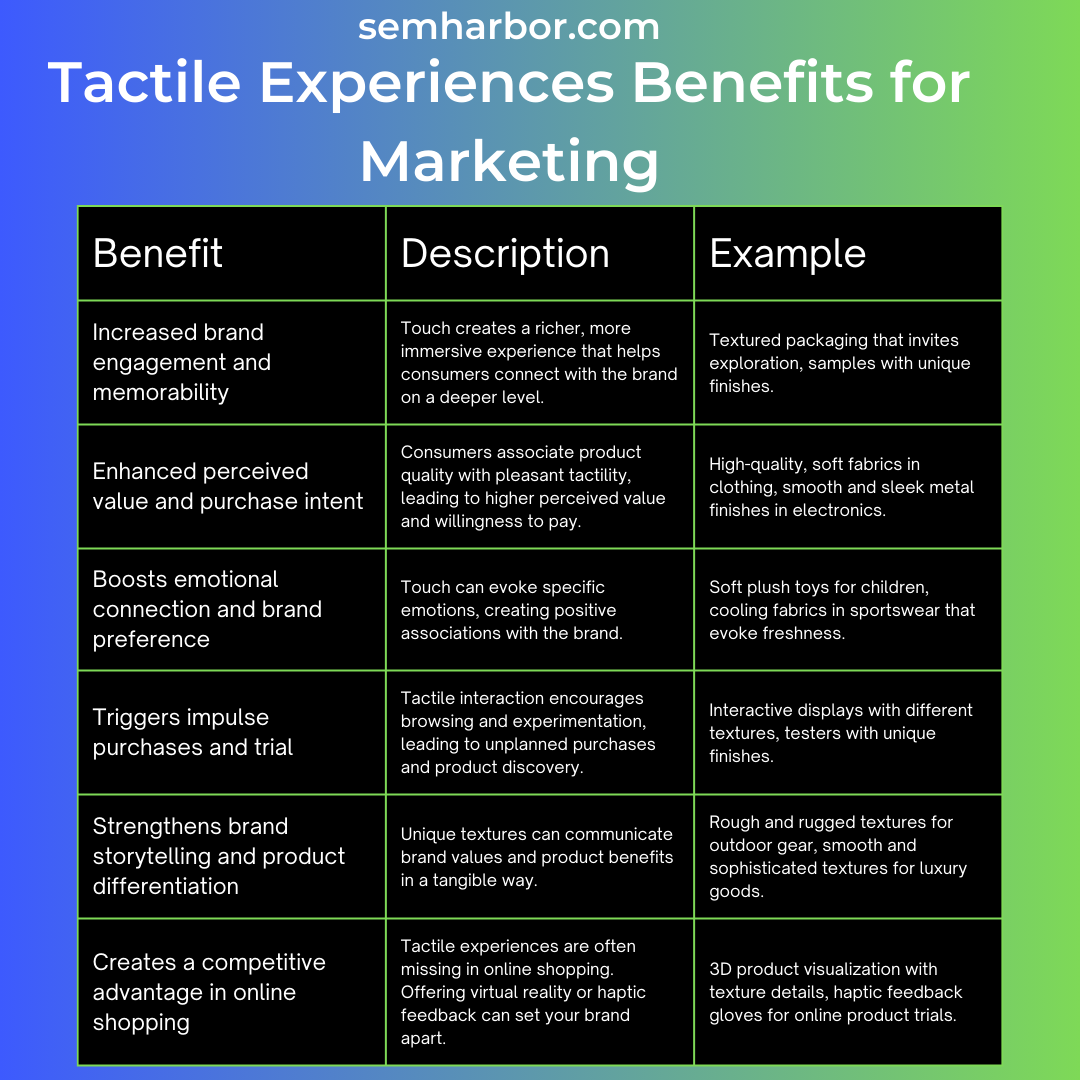The elusive “leads.” In the world of marketing and sales, it’s a term tossed around like a golden ticket, promising conversions. But what exactly is a lead? Is it simply a name and email address captured in a dusty form? Or is it something more, a hidden potential waiting to be nurtured?
What Exactly Are Leads?
In the bustling world of business, “leads” are a ubiquitous, yet often misunderstood term.
Meaning and Definition of Leads
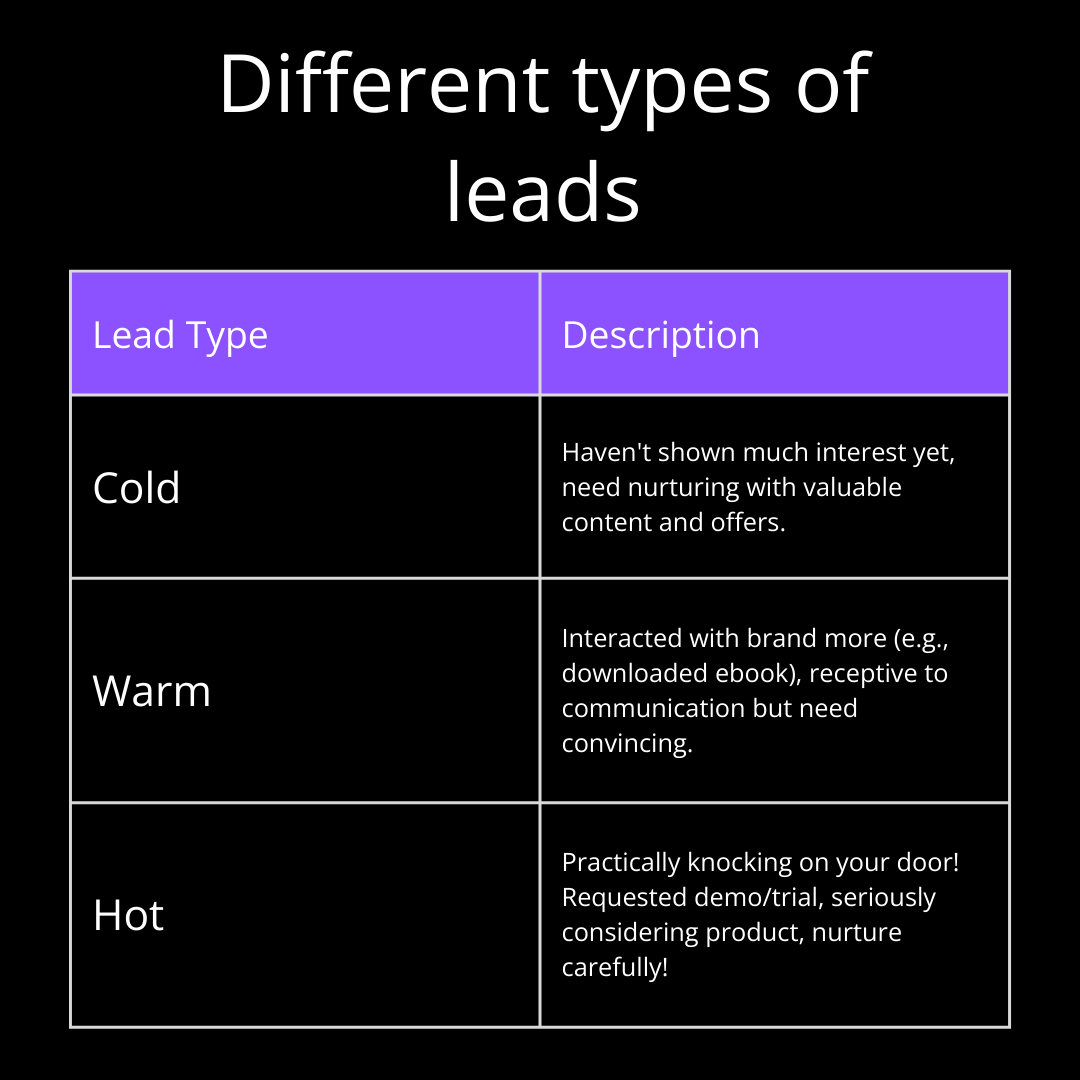
Not all leads are created equal! Understand where your leads are in the buying journey to tailor your outreach and convert them into customers
Simply put, a lead is a potential customer who has shown interest in your product or service. This interest can manifest in various ways, like:
- Signing up for your email list
- Downloading a white paper
- Attending a webinar
- Requesting a demo
- Visiting your website and engaging with your content
In essence, a lead is someone who has raised their hand, saying, “Hey, I’m curious! Tell me more!”
Not All Leads Are Created Equal
Now, leads aren’t a monolithic group. They come in different flavors depending on their level of interest and engagement. Here’s a quick breakdown:
- Cold leads: These haven’t shown much interest yet, maybe just subscribing to your blog. They need nurturing with valuable content and offers.
- Warm leads: These have interacted with your brand more, like downloading an ebook. They’re receptive to further communication but need convincing.
- Hot leads: These are practically knocking on your door! They’ve requested a demo or trial, indicating they’re seriously considering your product. Nurture them carefully!
B2B Focus: Diving into Business Leads
Unlike their consumer counterparts, B2B buyers rarely act alone. They’re often committees with diverse needs and priorities. The marketing manager might prioritize ease of use, while the CFO focuses on cost-effectiveness. The key lies in understanding these individual personas within your target audience.
Craft messaging that resonates with each stakeholder, addressing their specific pain points and showcasing how your solution fits seamlessly into their decision-making process.
From Prospect to Customer: The Journey of a Lead
Imagine a lone explorer, pack strapped tight, setting off on a winding path. That’s your lead, embarking on a journey towards your brand. But unlike
Indiana Jones, they’re not searching for buried treasure – they’re seeking solutions to their needs and desires.
And your job is to be their guide, transforming them from a casual observer into a loyal brand advocate.
The First Steps: Curiosity and Awareness
Our explorer stumbles upon your website, drawn in by a captivating article or a targeted ad. This is the initial spark, the moment they first become aware of your brand.
But remember, they’re just dipping their toes in the water. They might browse, they might subscribe, but their commitment is still tentative.
Into the Thicket: Engagement and Nurturing
Now, your role becomes crucial. You need to offer valuable content, like informative blog posts, engaging social media interactions, or personalized email campaigns. These are the stepping stones that build trust and encourage the explorer to delve deeper.
Think of it as offering a map and compass, guiding them through the terrain of your brand.
The Crossroads: Consideration and Evaluation
As your explorers venture further, they encounter competitors, compare options, and weigh their needs against available solutions. This is the critical consideration stage, where they decide if your brand is the right fit.
Here, targeted offers, case studies, and testimonials can be powerful tools, showcasing the value you bring and solidifying your position as the preferred choice.
Reaching the Summit: Conversion and Advocacy
Finally, the moment arrives! The explorer, convinced by your offerings, takes the plunge and becomes a customer. But the journey doesn’t end there.
Remember, loyal customers are your brand’s biggest champions. Foster their enthusiasm with exceptional service, exclusive rewards, and opportunities to share their positive experiences.
This transforms them from satisfied customers to vocal advocates, spreading the word and attracting new explorers to your brand.
The Journey Continues: Retention and Growth
Remember, the path doesn’t stop at conversion. It’s a continuous cycle.
By understanding your leads’ evolving needs and offering ongoing value, you keep them engaged and prevent them from straying.
Think of it as providing them with new maps and challenges, keeping their exploration fresh and exciting.
Exploring of LG
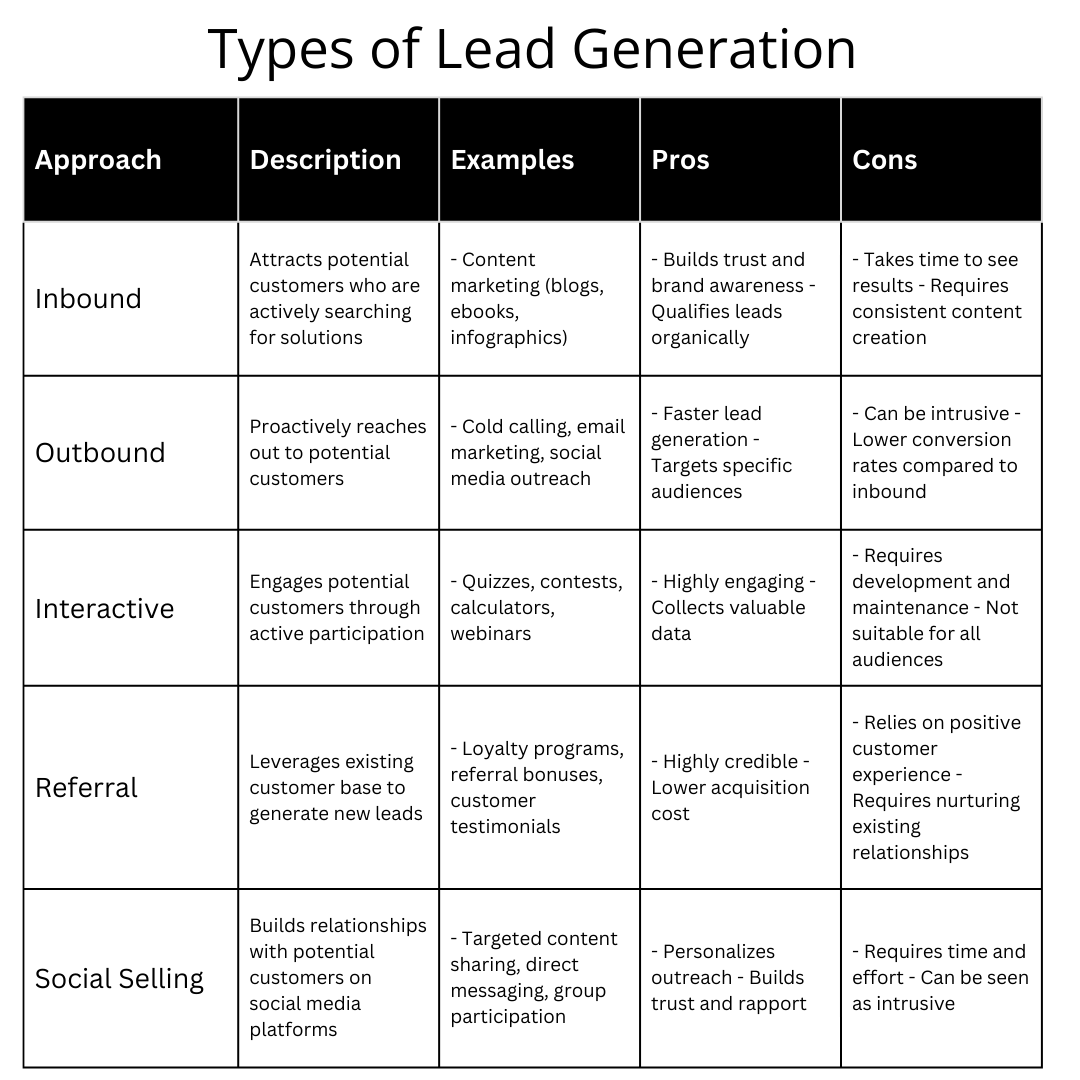
Looking for more leads? Check out this table to explore different lead generation approaches!
The Inbound Advantage: Attracting Leads with Valuable Content
The key to inbound success lies in understanding that content is not a sales pitch, but a conversation starter. Ditch the one-size-fits-all approach and tailor your content to address your audience’s specific needs and pain points.
Offer solutions, not just products. Share insights, not just features. By genuinely engaging with their challenges, you build trust and establish yourself as a thought leader, not just another salesperson.
Inbound marketing empowers your audience. They become active participants in your brand narrative, sharing valuable content, engaging in discussions, and even creating their own.
This user-generated content acts as social proof, amplifying your reach and authenticity. Suddenly, your brand isn’t just telling a story; it’s co-creating one with a community of passionate advocates.
The Inbound Advantage: It’s Not Just Leads, It’s Loyalty:
While attracting leads is crucial, inbound marketing’s true power lies in cultivating long-term loyalty. By providing valuable content and fostering genuine connections, you create an emotional investment in your brand.
Your audience isn’t just buying a product; they’re joining a movement, becoming part of something bigger than themselves. This loyalty translates into repeat business, positive word-of-mouth, and a brand that thrives in the ever-evolving digital landscape.
Content Powerhouse: Blog Posts, Ebooks, and Webinars
Your content is the cornerstone of your lead-generation efforts. It’s the magnet that attracts prospects, educates them about your offerings, and establishes you as a thought leader in your industry.
But forget the tired, self-promotional spiel. Focus on creating valuable, informative content that solves your audience’s problems and answers their burning questions.
Blog Posts: Establish yourself as a go-to resource with insightful blog posts that address your target audience’s pain points. Offer actionable tips, industry trends, and thought-provoking analysis.
Remember, consistency is key – publish regularly to keep your audience engaged and coming back for more.
Ebooks: Take your content a step further with in-depth ebooks that offer comprehensive solutions or dive deep into specific topics. Gated ebooks are a great way to capture leads – and offer valuable content in exchange for contact information.
Webinars: Host interactive webinars to connect with your audience in real time. Share your expertise, answer questions, and showcase your solutions in a dynamic format. Webinars are perfect for lead generation as they allow you to collect registrations beforehand and nurture leads post-event.
Related: What Makes a Good Content Creator?
Engaging Leads on Social Media:
Social media isn’t just a broadcasting platform; it’s a two-way street. Here’s how to ignite conversations:
- Share valuable content: Don’t just push promotional messages. Share industry news, curated articles, and insights that resonate with your audience. Encourage discussions by posing thought-provoking questions.
- Respond promptly: Show your audience you care by responding to comments and messages promptly. Acknowledge their questions, address their concerns, and personalize your interactions.
- Run contests and giveaways: Incentivize engagement with fun contests and giveaways. Offer prizes relevant to your target audience and use the opportunity to collect valuable contact information.
Outbound Strategies
Outbound strategies aren’t dead – they’ve just evolved. Here’s how to make them work in 2024:
- Cold Calling: The Old Standby (with a New Twist): Cold calling still has its place, but ditch the outdated scripts. Personalize your approach by researching prospects beforehand and tailor your pitch to their specific needs.
Leverage video conferencing tools to add a human touch and increase engagement.
- Email Marketing: Personalized Outreach at Scale: Email marketing allows you to nurture leads at scale, but personalization is key. Segment your audience based on interests and demographics, and craft targeted email campaigns that resonate with each group. Utilize automation tools to streamline the process while maintaining a personal touch.
Partnering for Success: B2B Lead Generation Companies
In the cutthroat world of B2B sales, a steady flow of qualified leads is the lifeblood of any successful business. But in today’s digital age, where attention spans are shrinking and competition is fiercer than ever, building and nurturing a robust lead generation engine can be a daunting task.
Lead Quantity to Quality:
While some companies view lead generation as a numbers game, focusing solely on quantity can be a recipe for disaster. High-quality leads, nurtured with relevant information and targeted messaging, are far more likely to convert into paying customers.
B2B lead generation companies understand this nuance and employ sophisticated strategies to deliver not just a mass of names, but qualified prospects actively interested in your solutions.
Leveraging Specialized Expertise:
Building an in-house lead generation team requires significant investment in resources, expertise, and technology. Partnering with a B2B lead generation company allows you to tap into their specialized knowledge, proven methodologies, and cutting-edge tools. This can include:
- Multichannel Lead Generation: From content marketing and social media engagement to email campaigns and telemarketing, these companies have a diverse toolbox to reach your target audience across multiple channels.
- Data-Driven Targeting: They leverage advanced data analytics to identify ideal customer profiles and tailor campaigns for maximum impact.
- Lead Scoring and Qualification: Not all leads are created equal. These companies employ sophisticated scoring systems to identify the most promising prospects, saving your sales team valuable time and resources.
Expertise on Demand: What B2B Lead Gen Companies Offer
The value proposition of a B2B lead generation company extends beyond just delivering qualified leads. They can also:
- Optimize Your Sales Funnel: By analyzing data and providing insights into buyer behavior, they can help you refine your entire sales process for improved conversion rates.
- Enhance Brand Awareness: Through targeted campaigns and content creation, they can help you reach new audiences and build brand awareness within your target market.
- Free Up Internal Resources: By outsourcing lead generation, your internal team can focus on closing deals and nurturing relationships with existing customers.
Finding the Right Partner:
Not all B2B lead generation companies are created equal. When selecting a partner, consider the following:
- Industry Expertise: Do they have experience working with companies in your specific industry?
- Track Record: Ask for case studies and references to assess their success in generating qualified leads.
- Transparency and Communication: Choose a company that offers clear communication and regular reporting on campaign performance.
- Alignment with Your Goals: Ensure their strategies and methodologies align with your overall sales and marketing objectives.
Automated Workflows: Streamlining the Lead Nurturing Process
Think of automated workflows as the personalized concierge service for your leads. By leveraging technology, you can create multi-step, trigger-based interactions that cater to each lead’s unique interests and behaviors.
It’s like having a tireless assistant whispering relevant content, offers, and reminders in their ear, guiding them towards conversion at their own pace.
Here’s how automated workflows can streamline your lead nurturing process:
- Targeted Communication: Forget generic blasts. Workflows segment leads based on their actions, demographics, and interests.
This allows you to deliver highly personalized content that resonates deeply, increasing engagement and conversion rates.
Imagine a lead who downloads a white paper on social media marketing – they automatically receive a series of emails with relevant case studies, blog posts, and even webinar invites, all tailored to their specific needs.
- Consistent Nurturing, 24/7: Let’s face it, manual follow-up is prone to slip-ups and delays. Workflows ensure consistent, timely communication, even when your team is off the clock.
A lead who expresses interest through a website form receives an immediate welcome email, followed by a series of nurturing emails spaced out at optimal intervals.
This consistent presence keeps your brand top-of-mind and builds trust, ultimately leading to higher conversion rates.
- Personalized Touches, at Scale: Remember, personalization isn’t just about using names. Workflows allow you to dynamically tailor content based on lead behavior.
For example, a lead who opens several pricing pages might receive an email with a special discount offer, while a lead who abandons their cart might receive a reminder email with a friendly nudge to complete their purchase.
These dynamic interactions create a sense of one-on-one attention, even with a large number of leads.
- Data-Driven Insights, Actionable Results: Workflows provide a wealth of valuable data on lead behavior. Track open rates, click-throughs, and conversions to see what resonates and what needs tweaking.
This data-driven approach allows you to continuously optimize your workflows, ensuring they deliver the best possible results for your specific audience.
Ready to unlock the power of automated workflows? Here are some key steps:
- Define your buyer personas: Understand your ideal customer and their needs.
- Map your lead nurturing journey: Break down the steps from initial interest to conversion.
- Choose the right automation tool: There are many options available, so consider your budget and needs.
- Segment your leads: Group leads based on relevant criteria for targeted communication.
- Create engaging content: Craft personalized messages, offers, and calls to action.
- Track and analyze: Monitor performance and make adjustments as needed.
Your Lead Generation Arsenal: Essential Tools and Resources
Building Your Lead List: Techniques to Capture Prospects
- Content Marketing: Share valuable knowledge through blog posts, infographics, or videos. Attract prospects with search engine optimization (SEO) and promote your content on social media.
- Lead Magnets: Offer gated content like ebooks, white papers, or webinars in exchange for contact information. This incentivizes prospects to join your mailing list.
- Social Media Contests and Giveaways: Generate buzz and collect leads by offering exciting prizes in exchange for participation and sharing.
- Paid Advertising: Target specific demographics and interests on platforms like Facebook, LinkedIn, or Google Ads to reach potential customers.
- Referrals: Encourage existing customers to recommend your products or services through referral programs and incentives.
Bonus Tip: Utilize landing pages specifically designed to capture leads. These focused pages should offer clear value propositions and streamlined opt-in forms.
Landing Pages:
Imagine a website visitor landing on your homepage, feeling lost and unsure of what to do next. Don’t let this happen! Landing pages act as dedicated entry points, guiding visitors towards specific actions, like signing up for your newsletter or downloading a lead magnet.
Key Landing Page Elements:
- Compelling Headline: Grab attention and communicate the value proposition.
- Benefits-Focused Content: Highlight how your product or service solves a specific problem.
- Strong Call to Action (CTA): Tell visitors exactly what you want them to do (e.g., “Download Now,” “Sign Up Today”).
- Mobile-Friendly Design: Ensure your landing page looks and functions flawlessly on all devices.
Tools to Consider: Unbounce, Leadpages, Instapage
Lead Management Software: Organizing Your Outreach
LMS takes your data analysis to the next level, providing a central hub for managing your leads and streamlining your outreach efforts. Consider these features:
- Lead Capture and Data Management: Capture leads from various channels and store their information securely in one place.
- Lead Scoring and Segmentation: Assign scores based on lead qualification criteria and segment leads based on demographics, interests, and behavior for targeted outreach.
- Automated Workflows and Email Marketing: Automate email campaigns based on lead behavior and trigger emails at specific stages in the sales funnel.
- Reporting and Analytics: Gain insights into lead activity, campaign performance, and ROI to optimize your lead generation strategy.
Popular Choices:
- HubSpot: A free CRM for small businesses with lead capture, email marketing, and basic analytics tools.
- Salesforce: A powerful and scalable CRM platform with a wide range of features, including lead management, sales automation, and customer service.
- Zoho CRM: A user-friendly and affordable CRM solution with lead management, sales automation, and marketing automation features.
Measuring Success: Tracking and Analyzing Lead Generation Performance
Lead generation. The lifeblood of any business. But amidst the flurry of campaigns, forms, and emails, it’s easy to get lost in a sea of “likes” and “clicks.” How do you truly measure success? How do you know if your efforts are generating leads that convert, not just click?
Forget vanity metrics, it’s time to embrace the power of insightful analysis. This isn’t just about counting leads, it’s about understanding the why behind them. So, buckle up, data enthusiasts, and let’s dive into the metrics that truly matter:
- Quality Over Quantity: Dive Deeper Than Lead Numbers
Not all leads are created equal. Sure, a high lead count can be tempting, but are they the right fit for your business? Instead, focus on qualified leads who align with your ideal customer profile. Track demographics, interests, and engagement to identify lead with a higher potential to convert.
Tools: Lead scoring tools like HubSpot lead scoring or LeadGenius can automate the process.
- Beyond the Click: Track Engagement, Not Just Traffic
Website traffic is great, but what are visitors doing once they arrive? Are they engaging with your content, downloading resources, or submitting forms? Track engagement metrics like time spent on page, bounce rate, and click-through rates to understand how effectively your campaigns are capturing attention.
Tools: Google Analytics, Hotjar, Crazy Egg
- From Form to Analyze Conversion Rates
So, someone filled out your form. Fantastic! But the journey doesn’t end there. Track conversion rates at different stages of the funnel: form submissions to downloads, downloads to contacts, and contacts to customers. Identify bottlenecks and optimize your communication to nurture leads effectively.
Tools: Marketing automation platforms like HubSpot or Drip
- Cost-Conscious Conversions: Calculate Your Customer Acquisition Cost (CAC)
Generating leads is great, but is it profitable? Calculate your CAC by dividing your marketing spend by the number of acquired customers. This metric helps you understand the true cost of each lead and optimize your budget for maximum ROI.
Formula: CAC = Marketing Spend / Number of New Customers
- The Power of Personas: Analyze Lead Source Performance
Different marketing channels attract different audiences. Track lead source performance to understand which channels are delivering the highest quality leads at the best cost. This helps you allocate your resources more effectively and target your ideal audience with laser precision.
Tools: Marketing automation platforms, Google Analytics
Remember, data is just the beginning. Analyze, interpret, and tell the story behind the numbers. Look for trends, identify patterns, and use insights to refine your strategy. Lead generation success isn’t just about hitting targets, it’s about understanding the journey of your leads and guiding them toward conversion.
Conclusion:
It’s time to unleash the power of lead generation and transform prospects into loyal customers.
From Leads to Loyal Customers: The Ultimate Goal
The true gold lies in nurturing them into paying customers and, ultimately, brand advocates. Here’s how:
- Nurture with Care: Don’t bombard leads with sales pitches right away. Offer valuable content, address their pain points, and build trust through personalized communication.
- Segment and Tailor: Segment leads based on interests and behavior, then tailor your messaging accordingly. A one-size-fits-all approach rarely fits anyone.
- Automate for Efficiency: Leverage marketing automation tools to streamline email campaigns, lead scoring, and lead nurturing workflows.
- Measure and Adapt: Track key metrics like conversion rates and customer lifetime value. Analyze results, identify areas for improvement, and continuously iterate your strategies.
Continuous Optimization: The Key to Sustainable Growth
Lead generation is not a set-it-and-forget-it endeavor. It’s a dynamic process that demands constant testing, analysis, and adaptation. Embrace this cyclical journey:
- Experiment: Try new tactics, test different landing pages, and analyze the results. Don’t be afraid to experiment, even if it means failing sometimes.
- Stay Updated: The digital landscape evolves rapidly. Stay informed about new trends, tools, and best practices to keep your lead generation strategy competitive.
- Embrace Feedback: Listen to your audience. Gather feedback through surveys, social media interactions, and customer support channels. Use this feedback to refine your targeting and messaging.
By following these principles, you can unlock the true potential of lead generation. Attract high-quality prospects, nurture them into loyal customers, and fuel sustainable growth for your business. Remember, the journey is just as important as the destination. Go forth, conquer the market, and build a thriving community around your brand!

